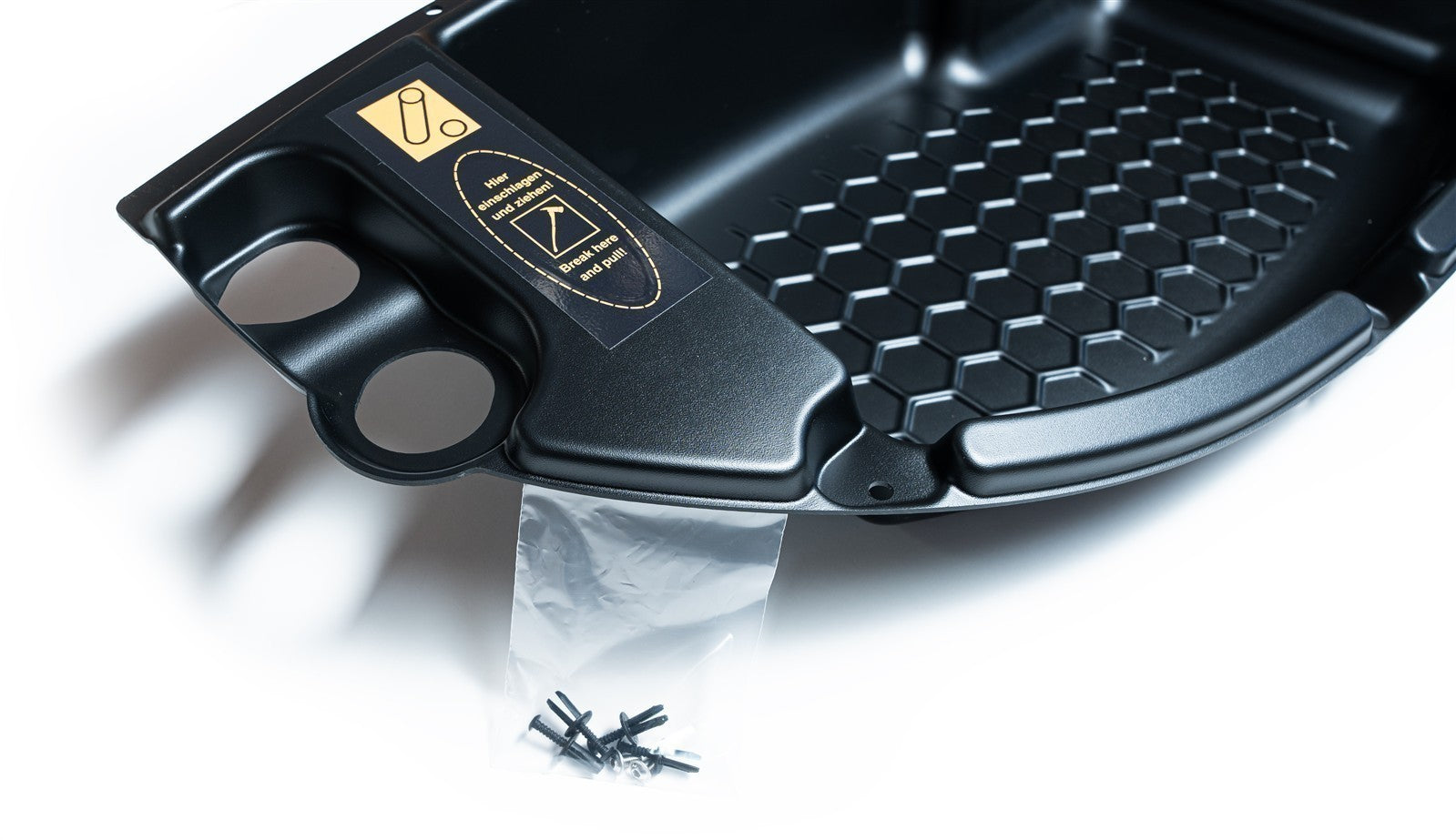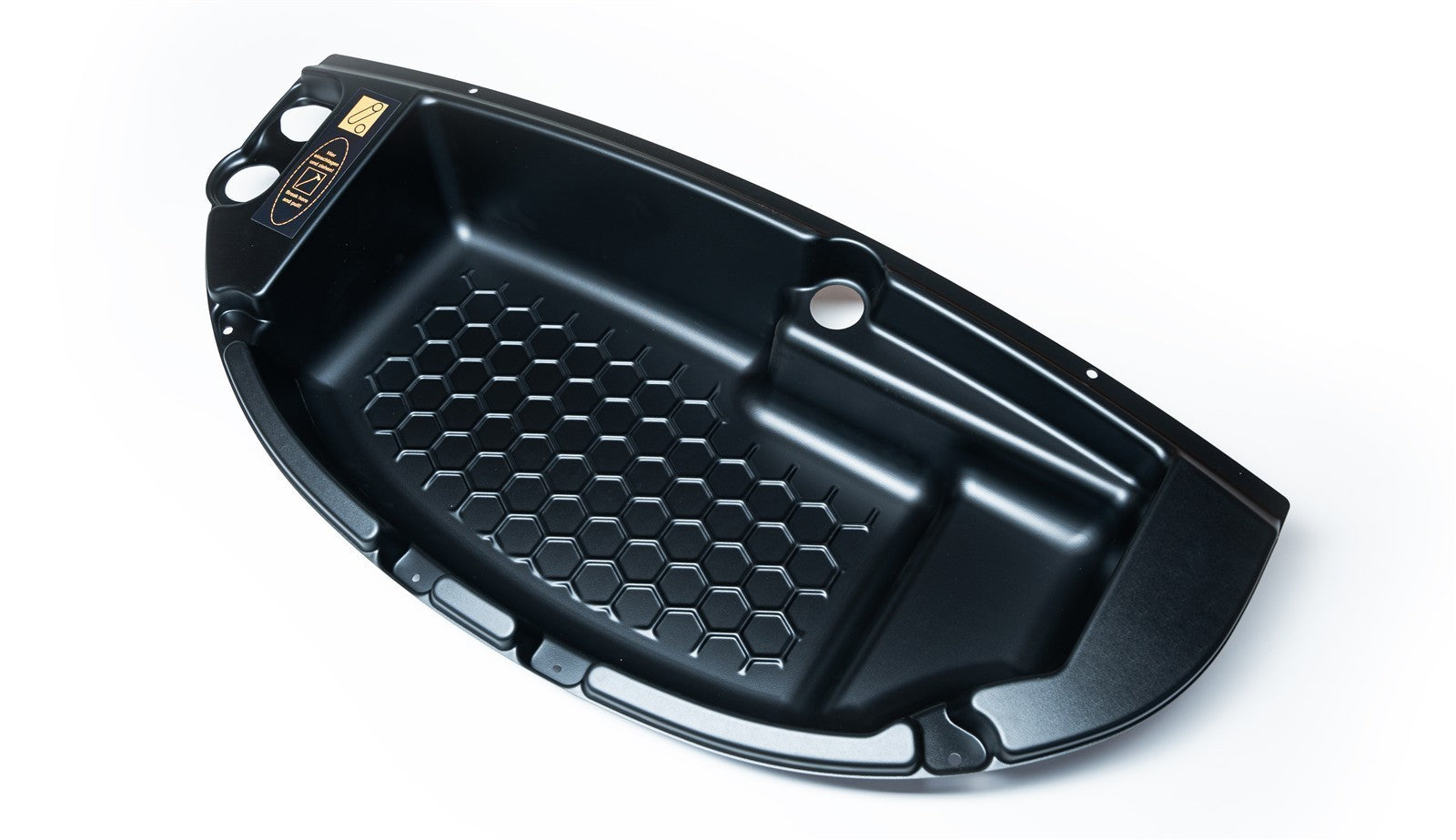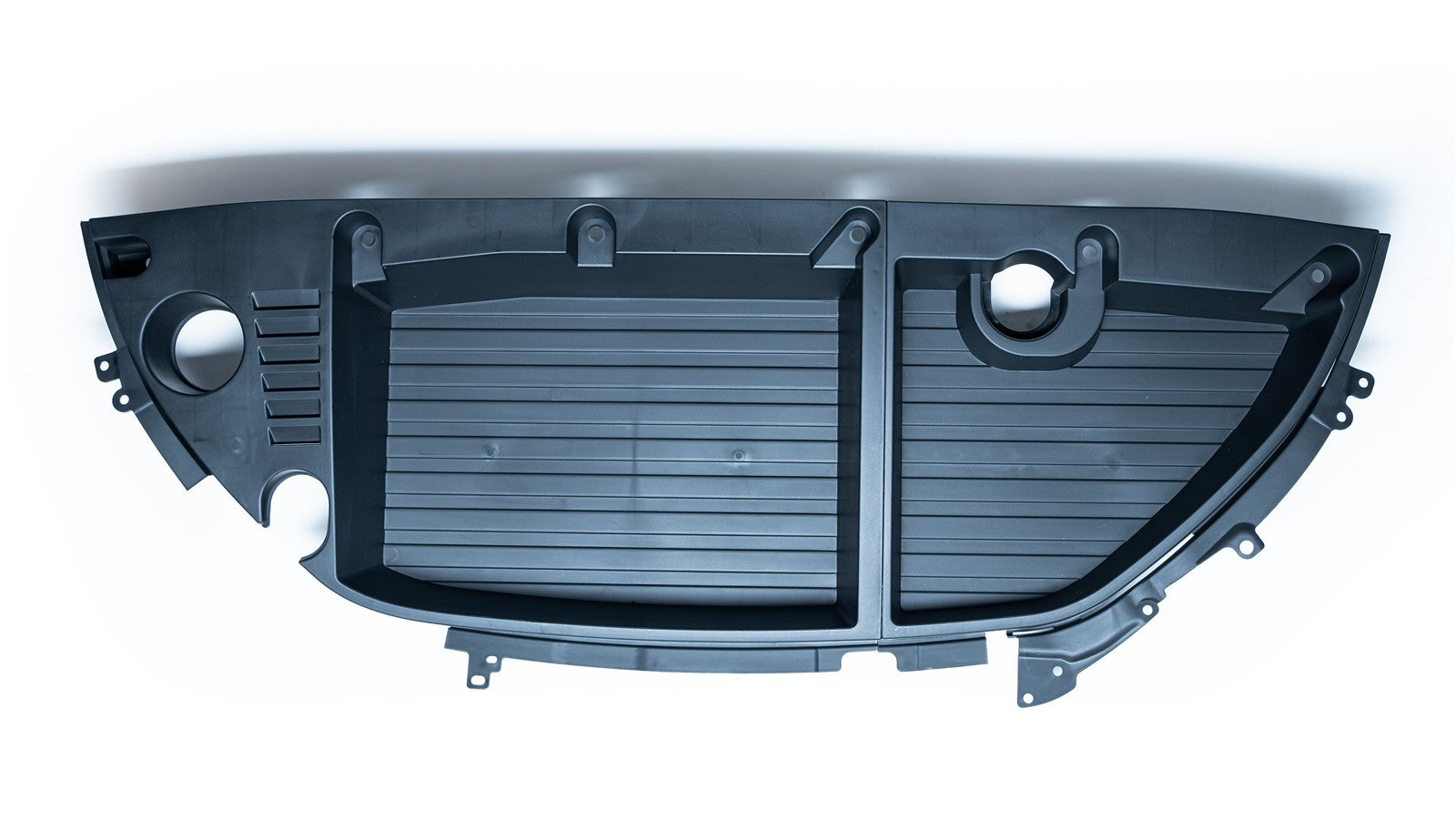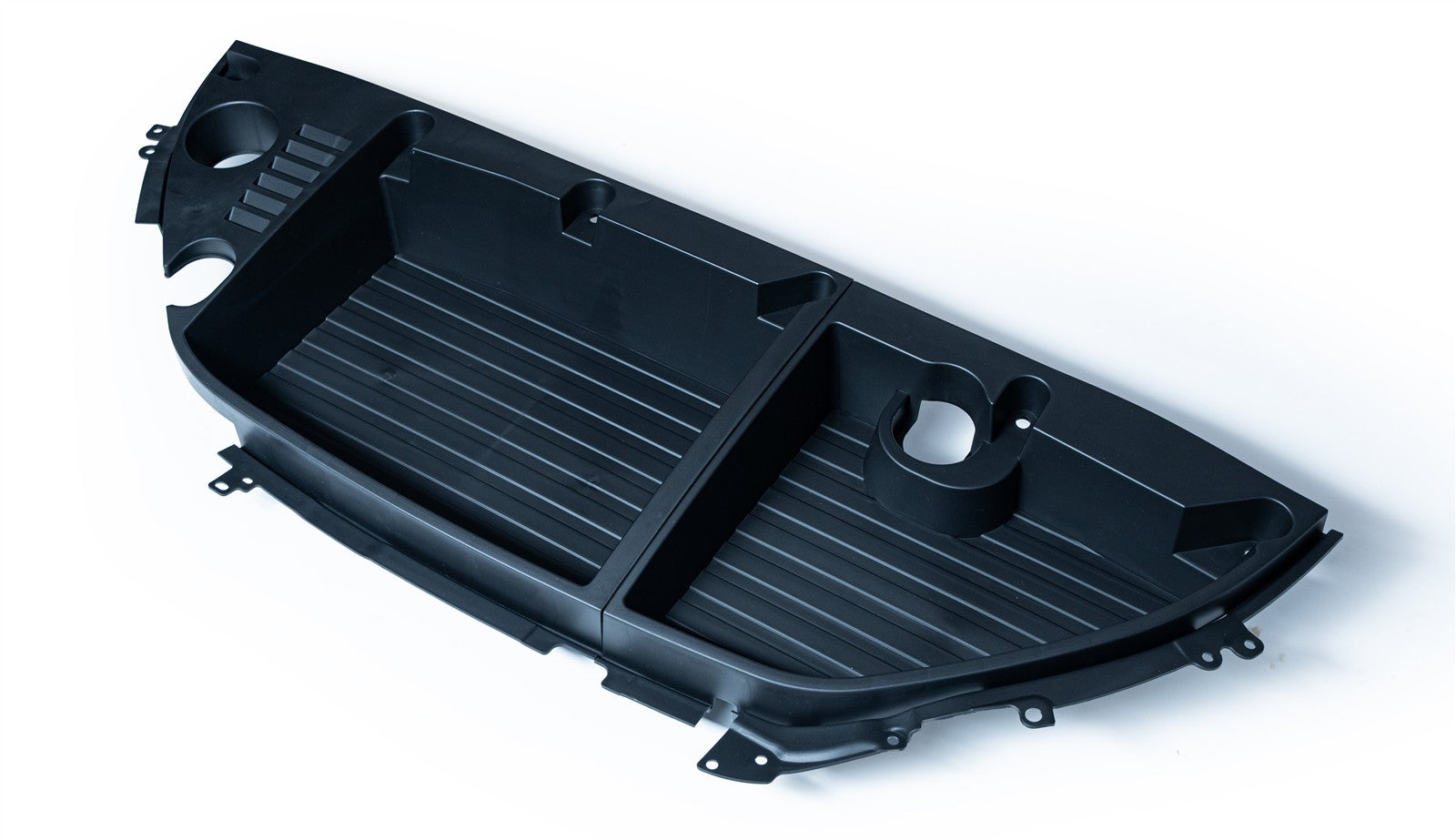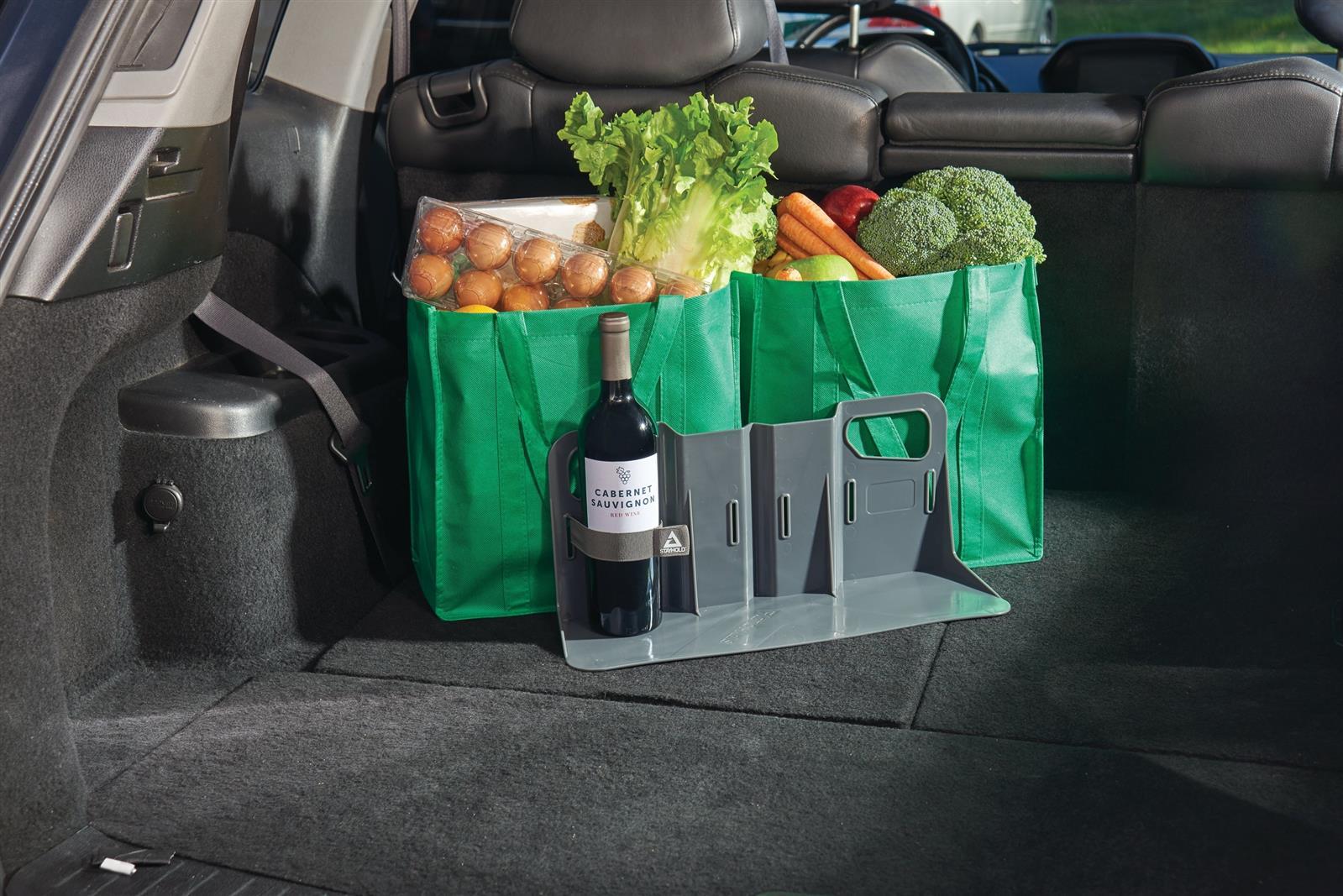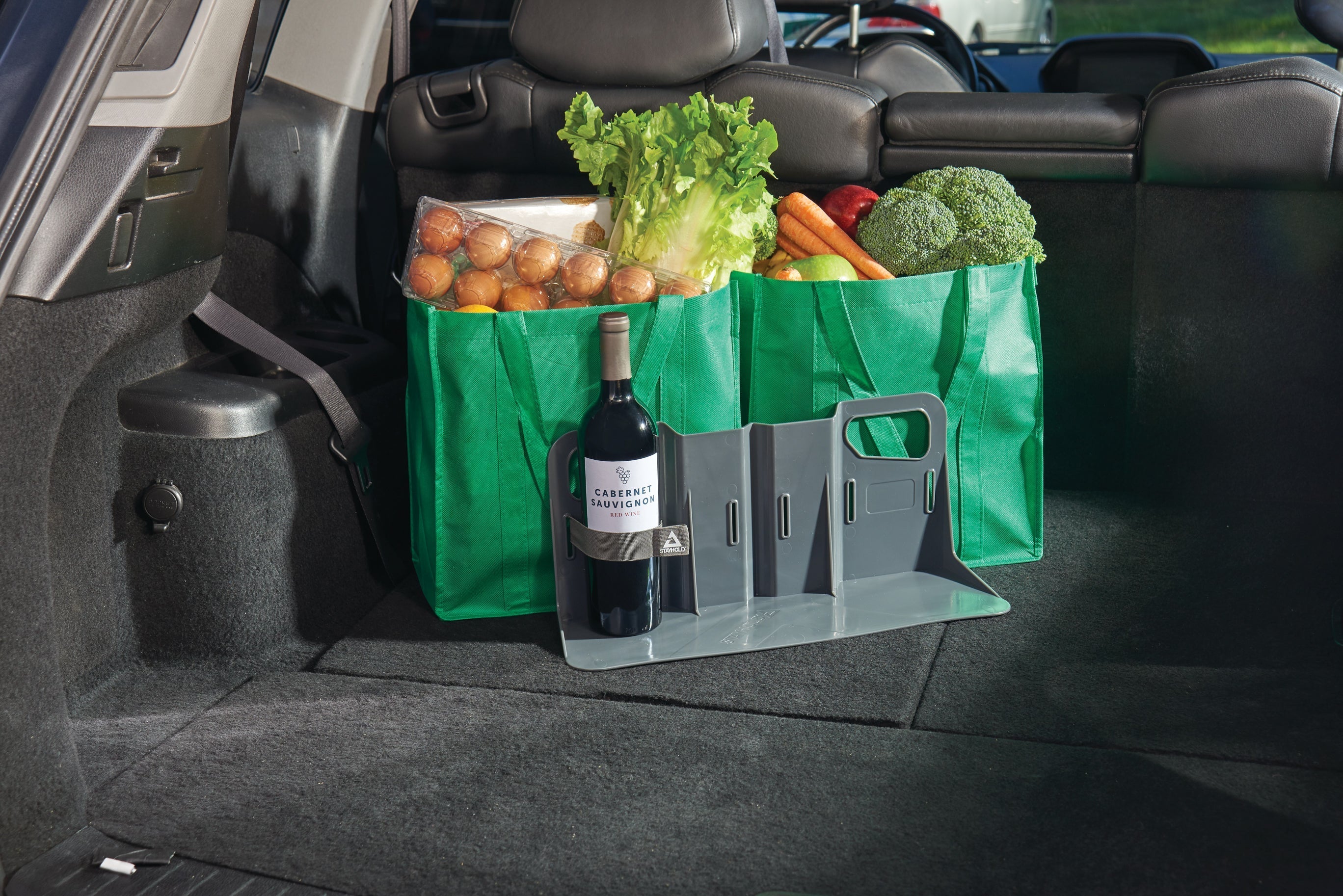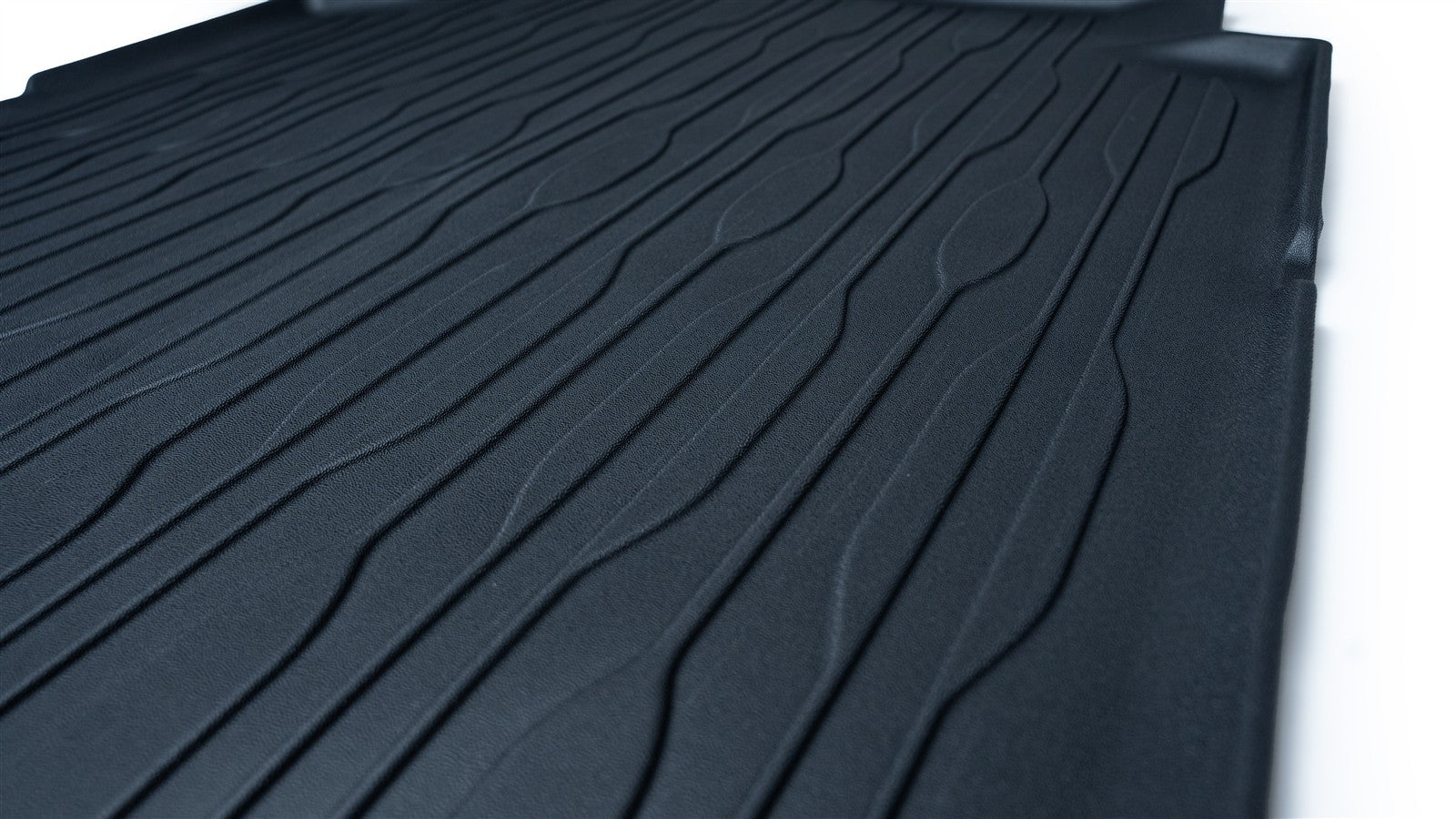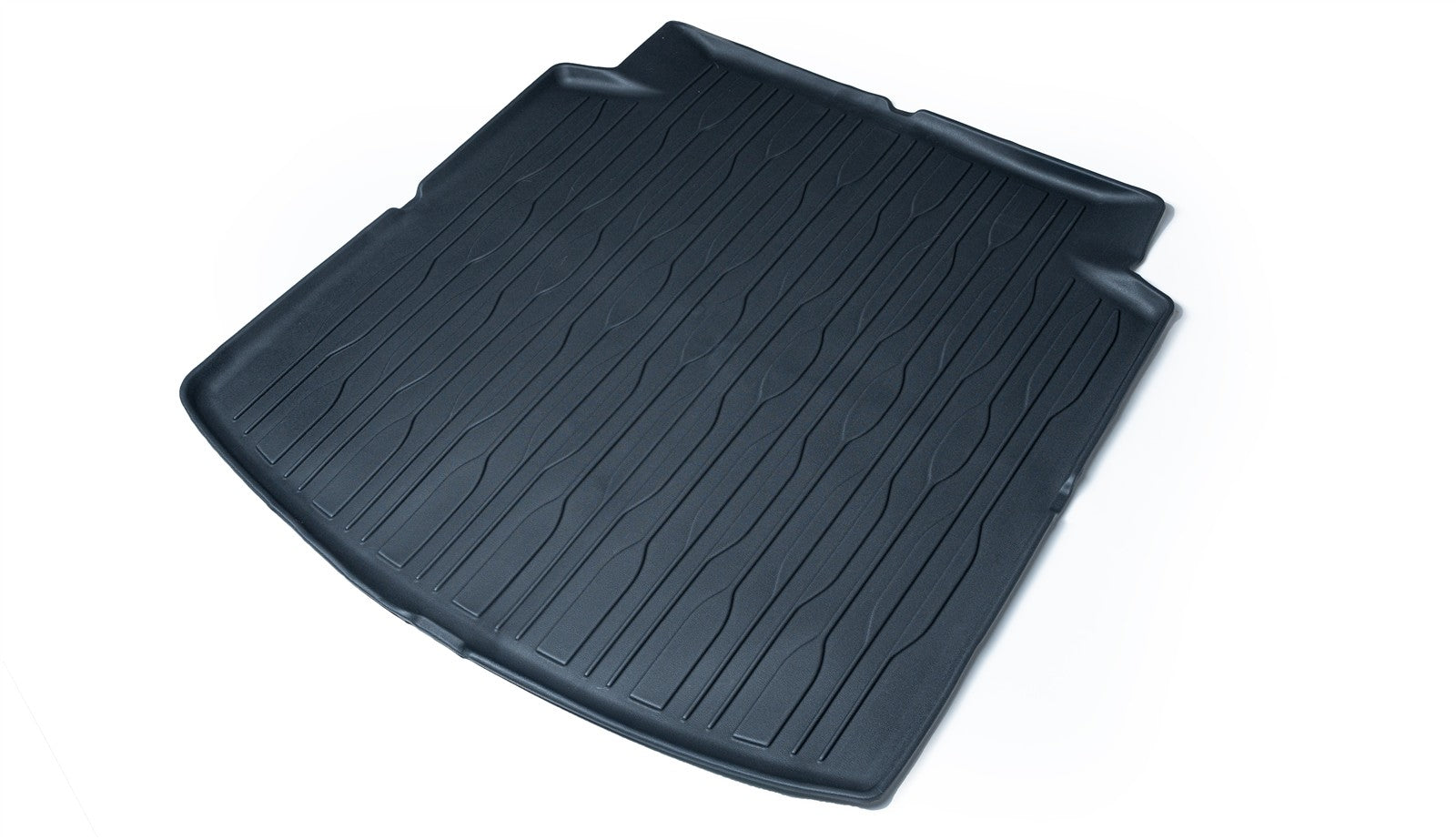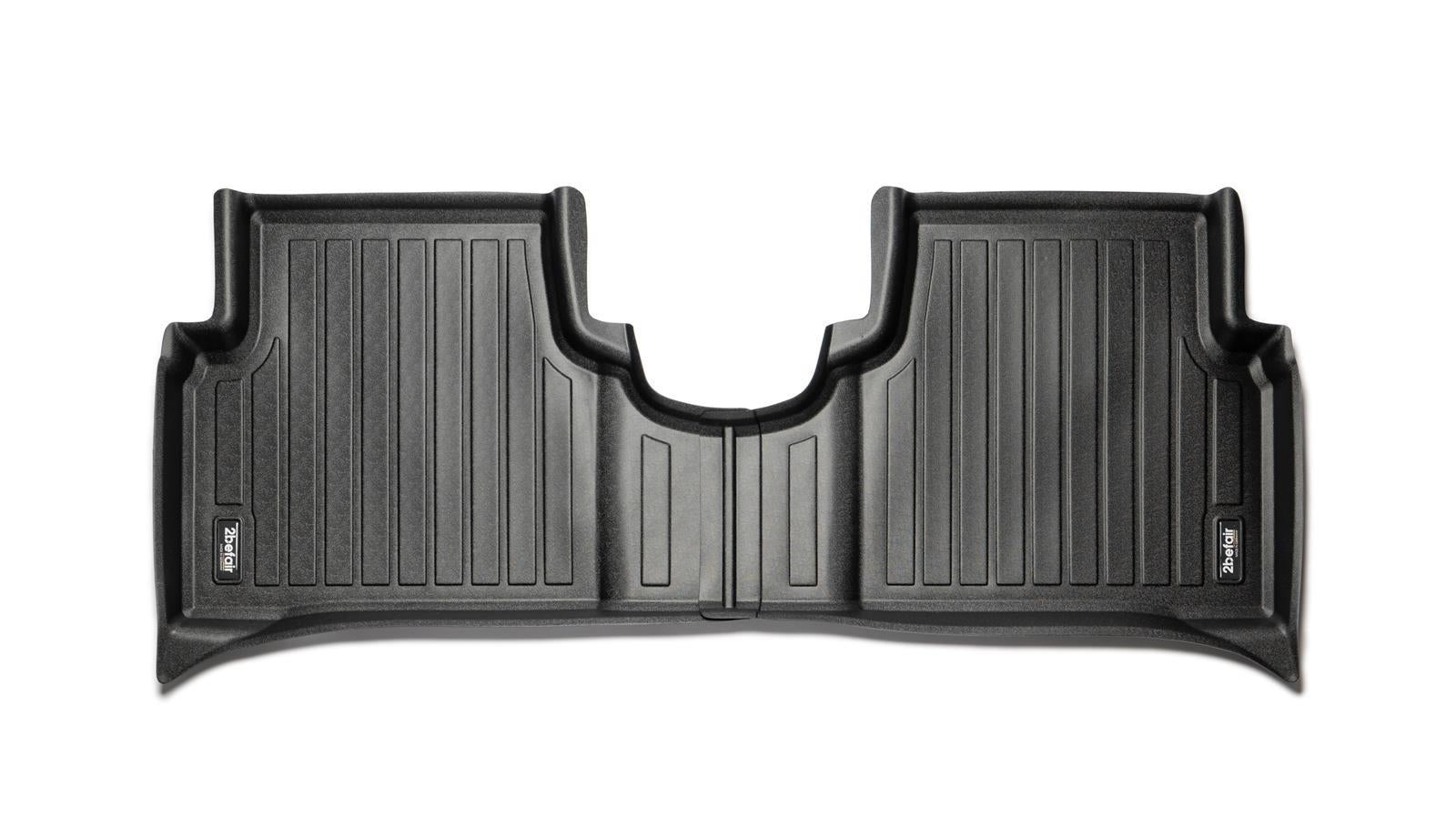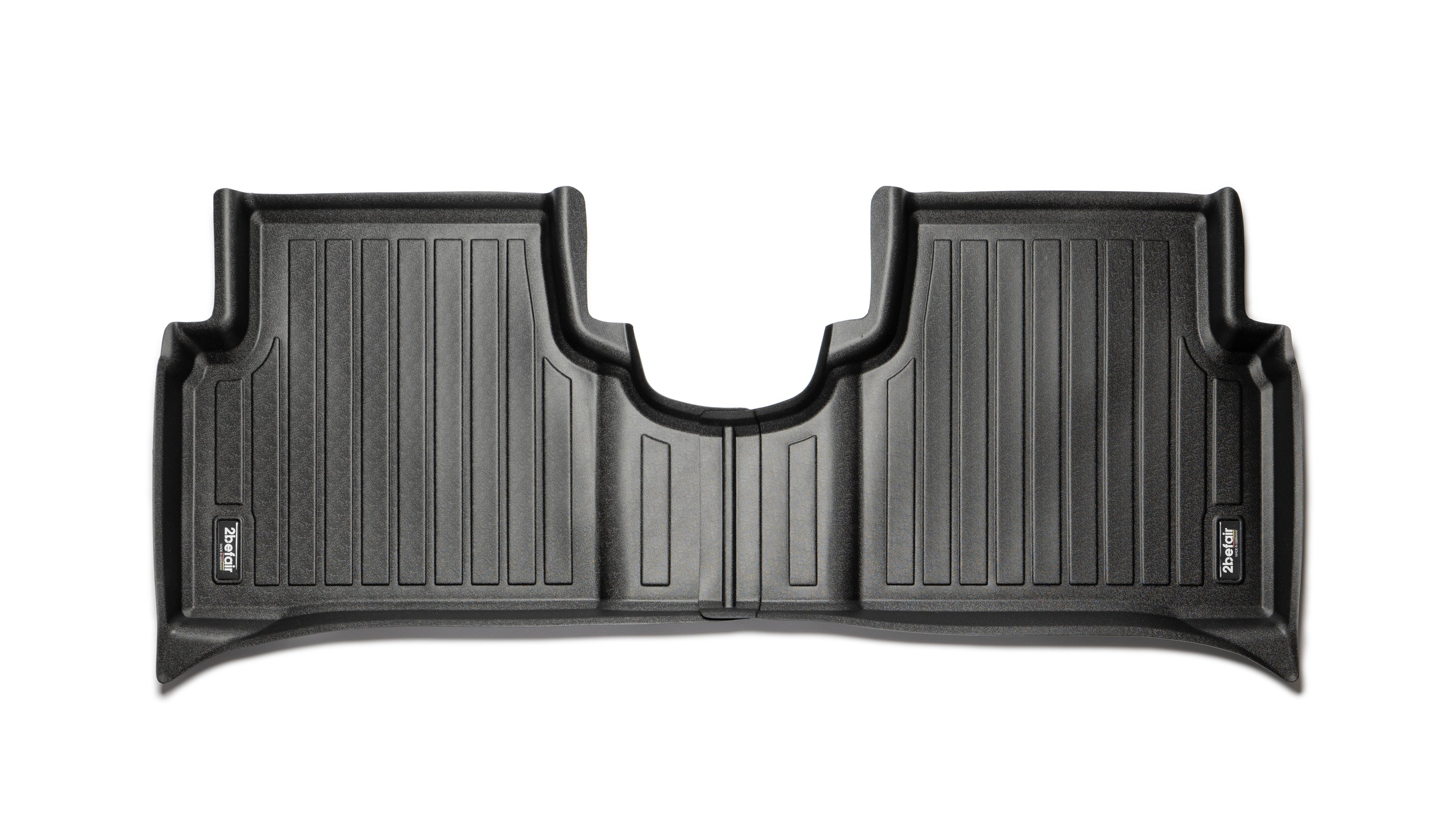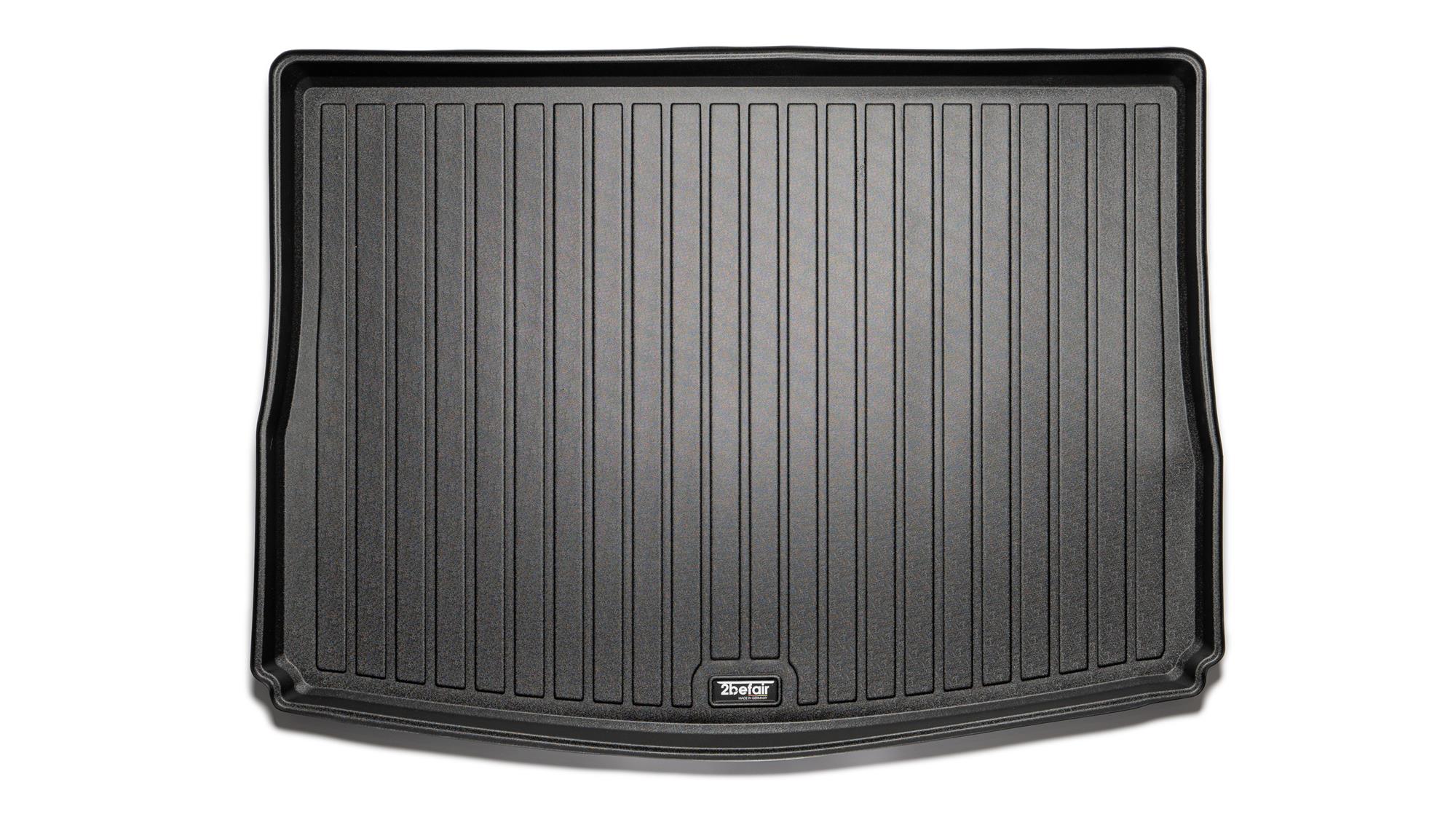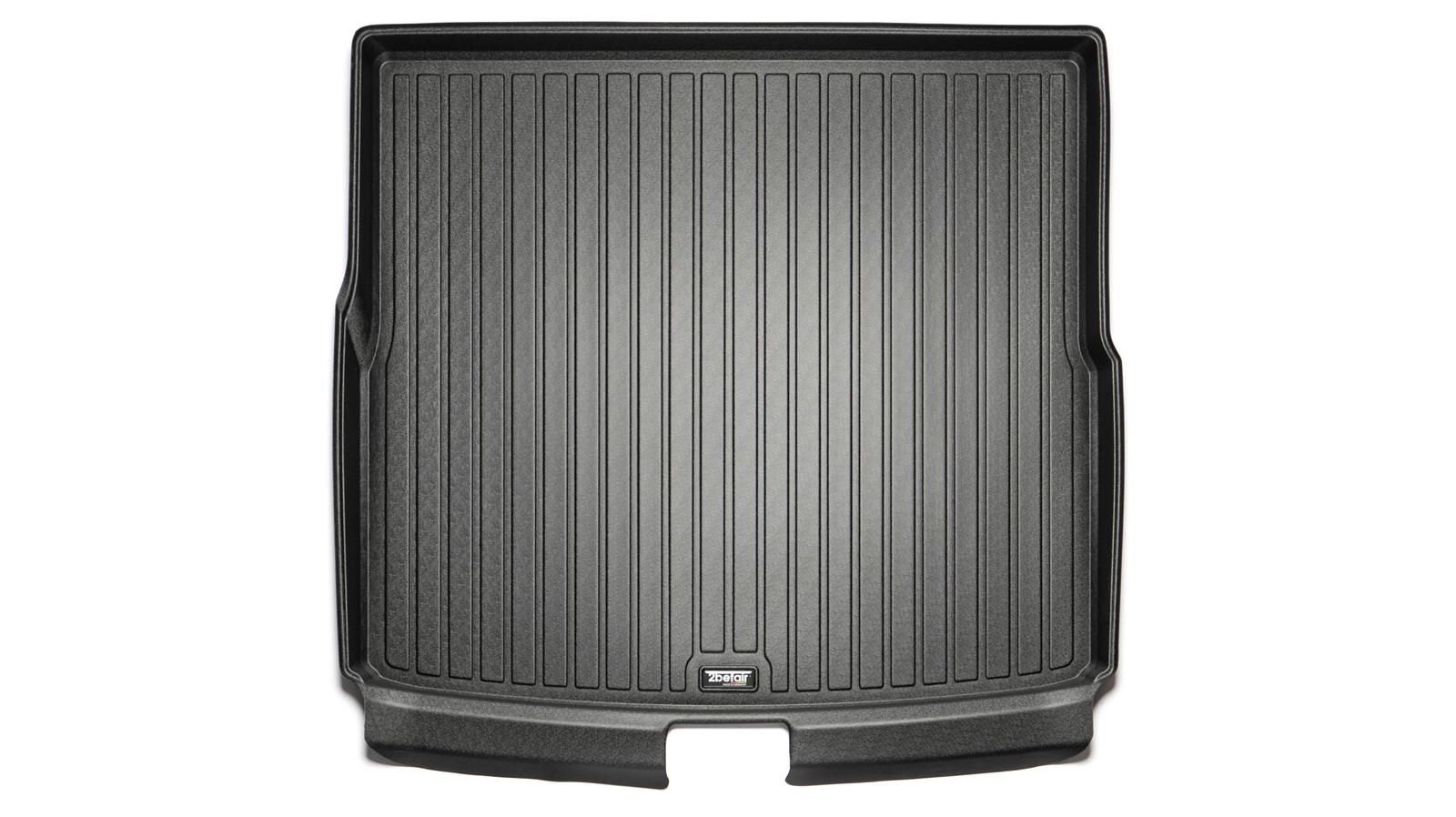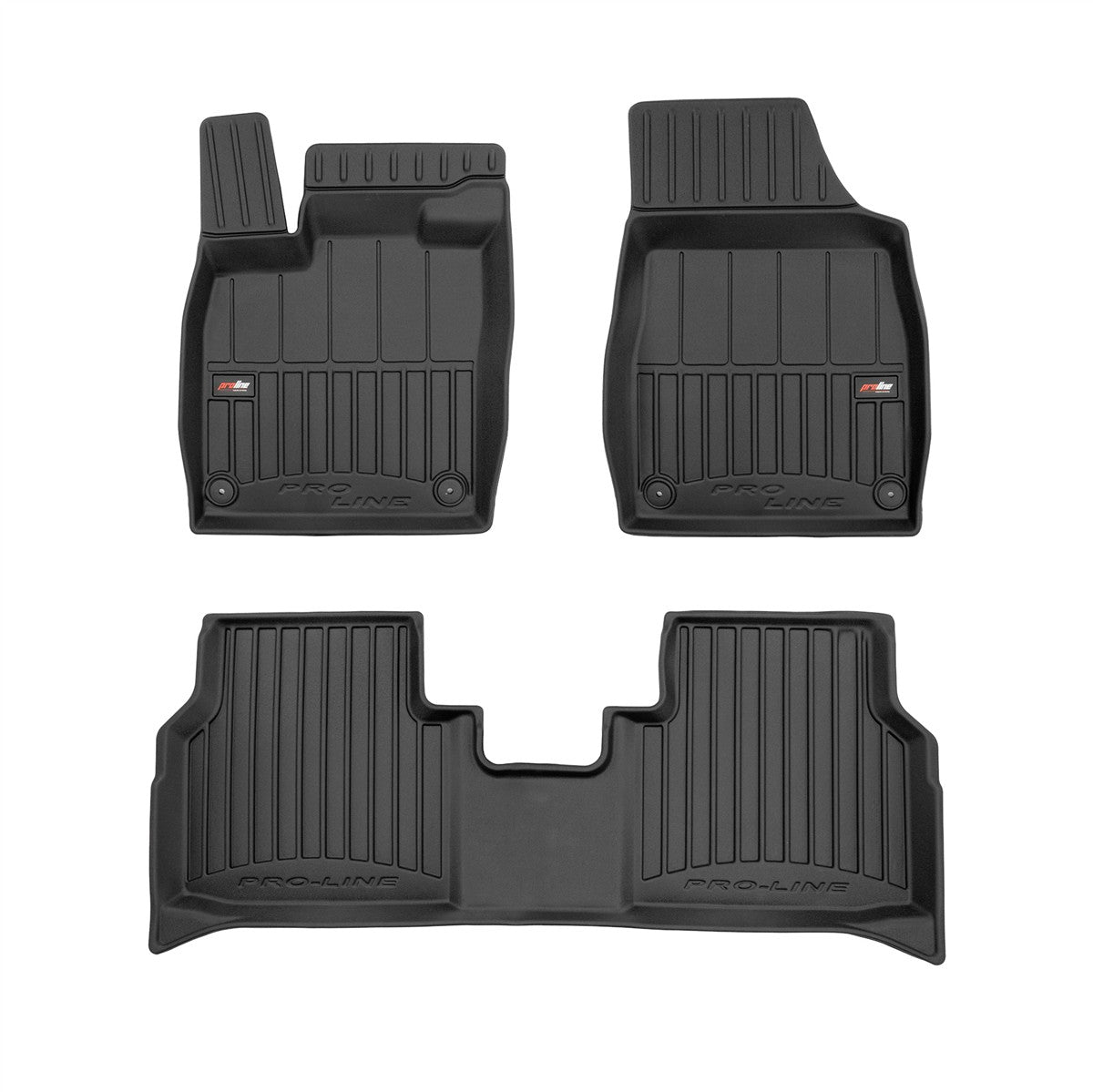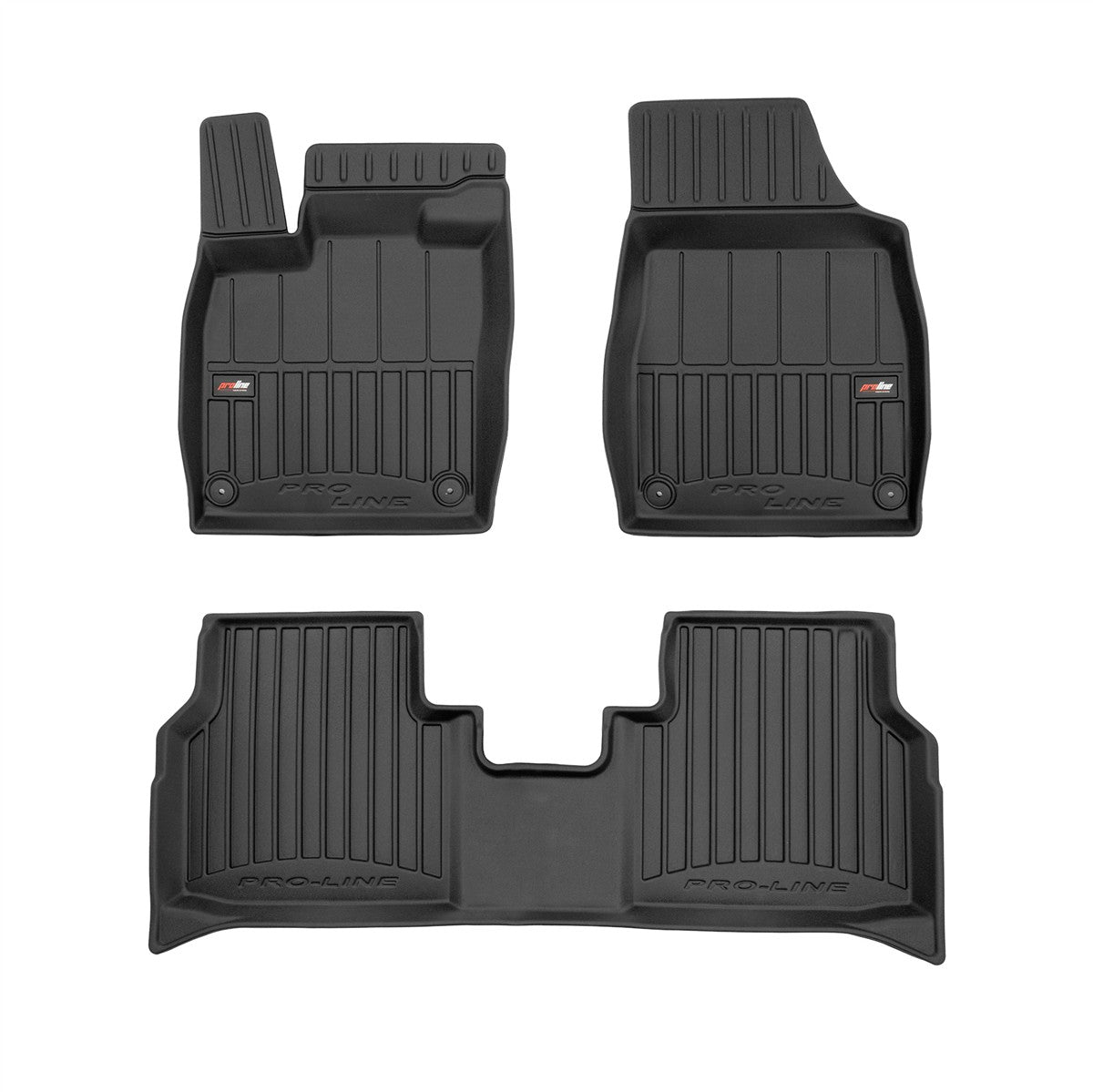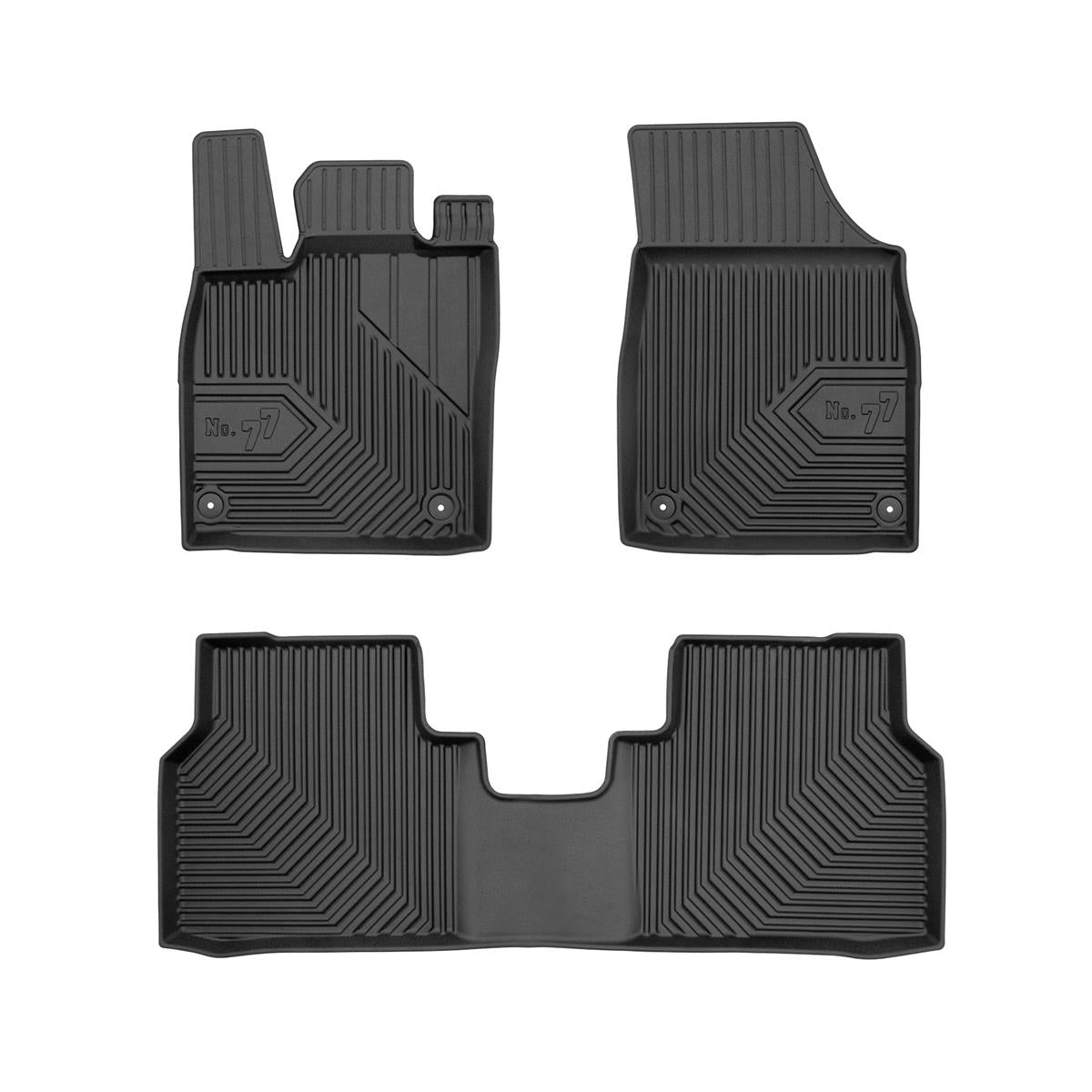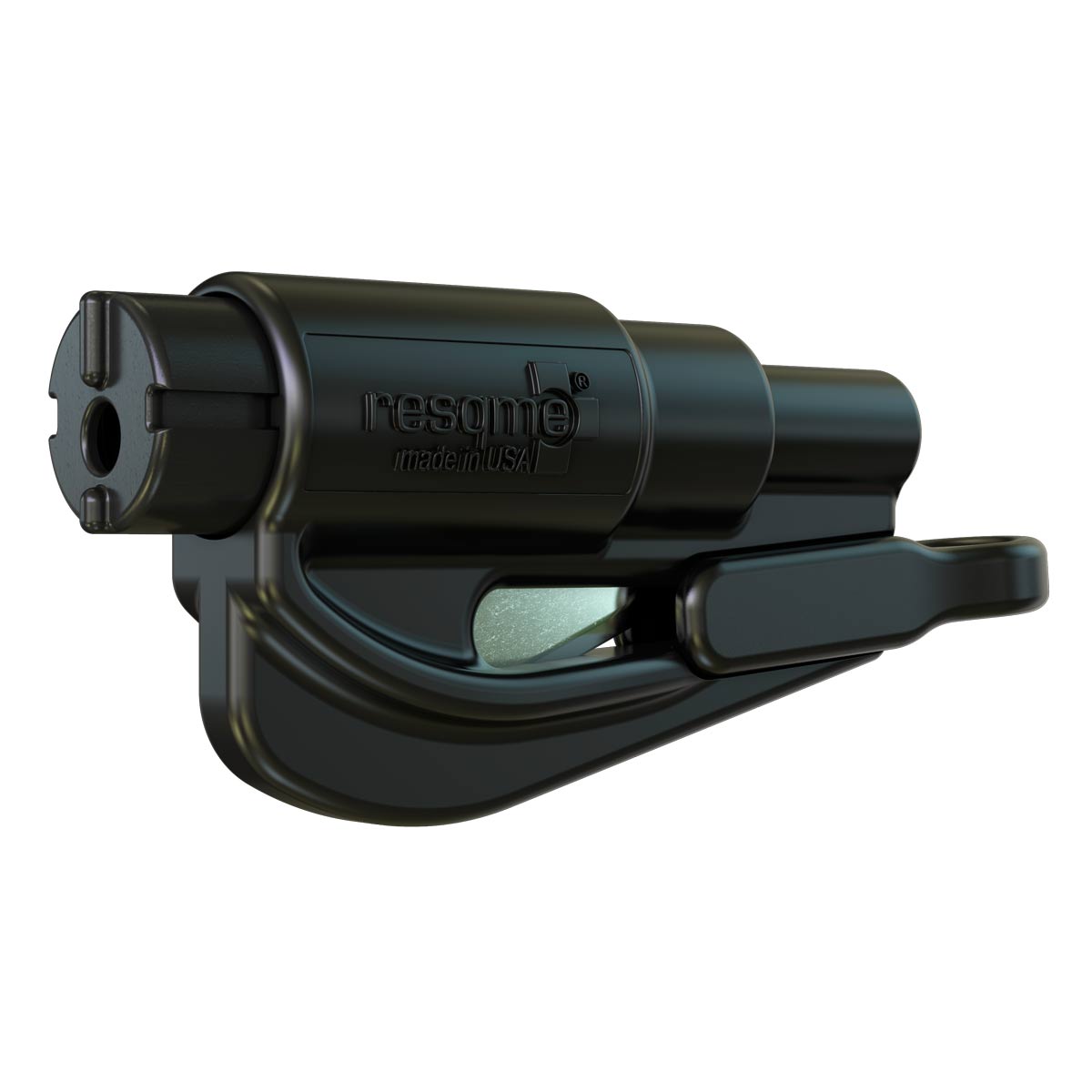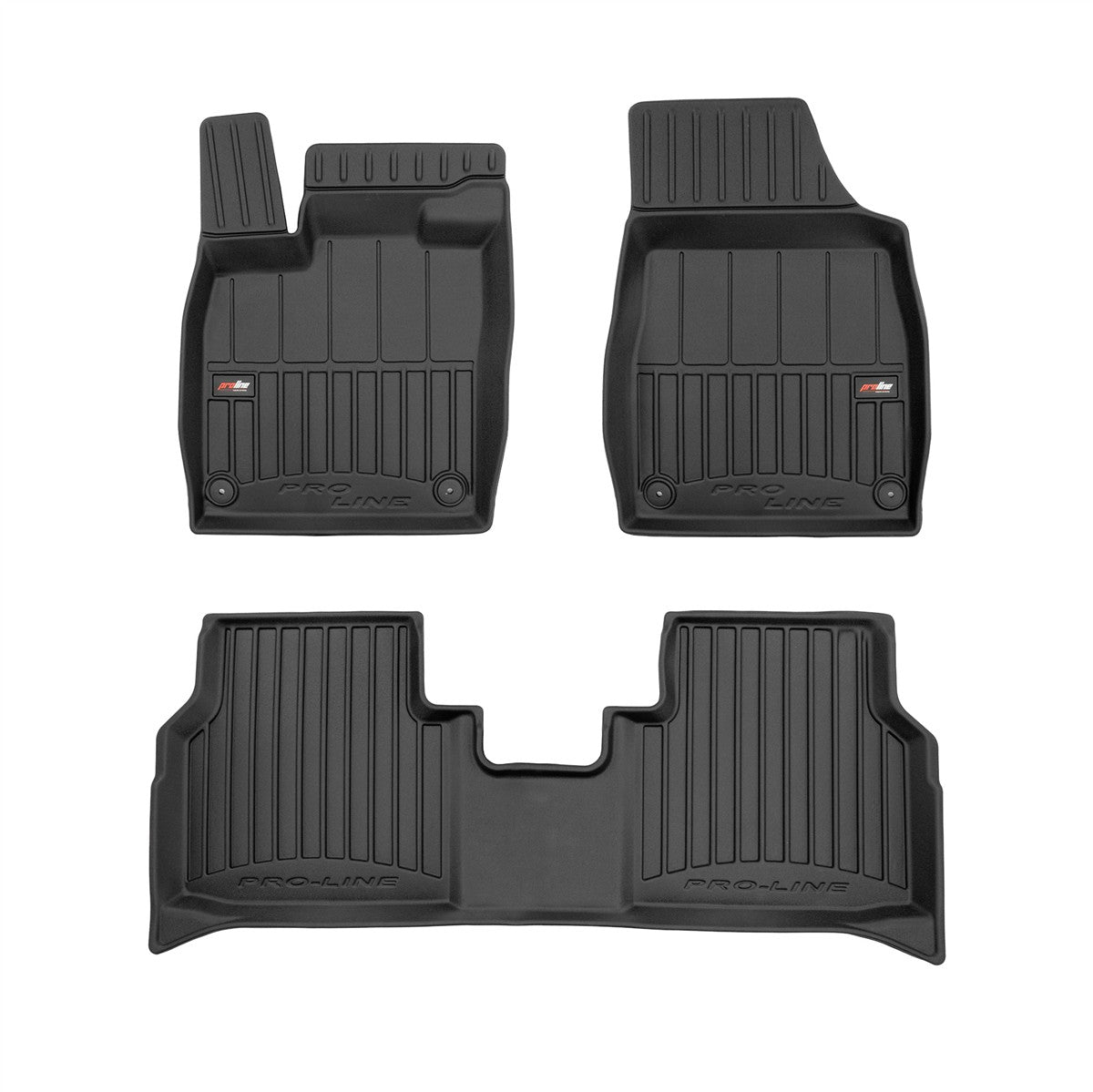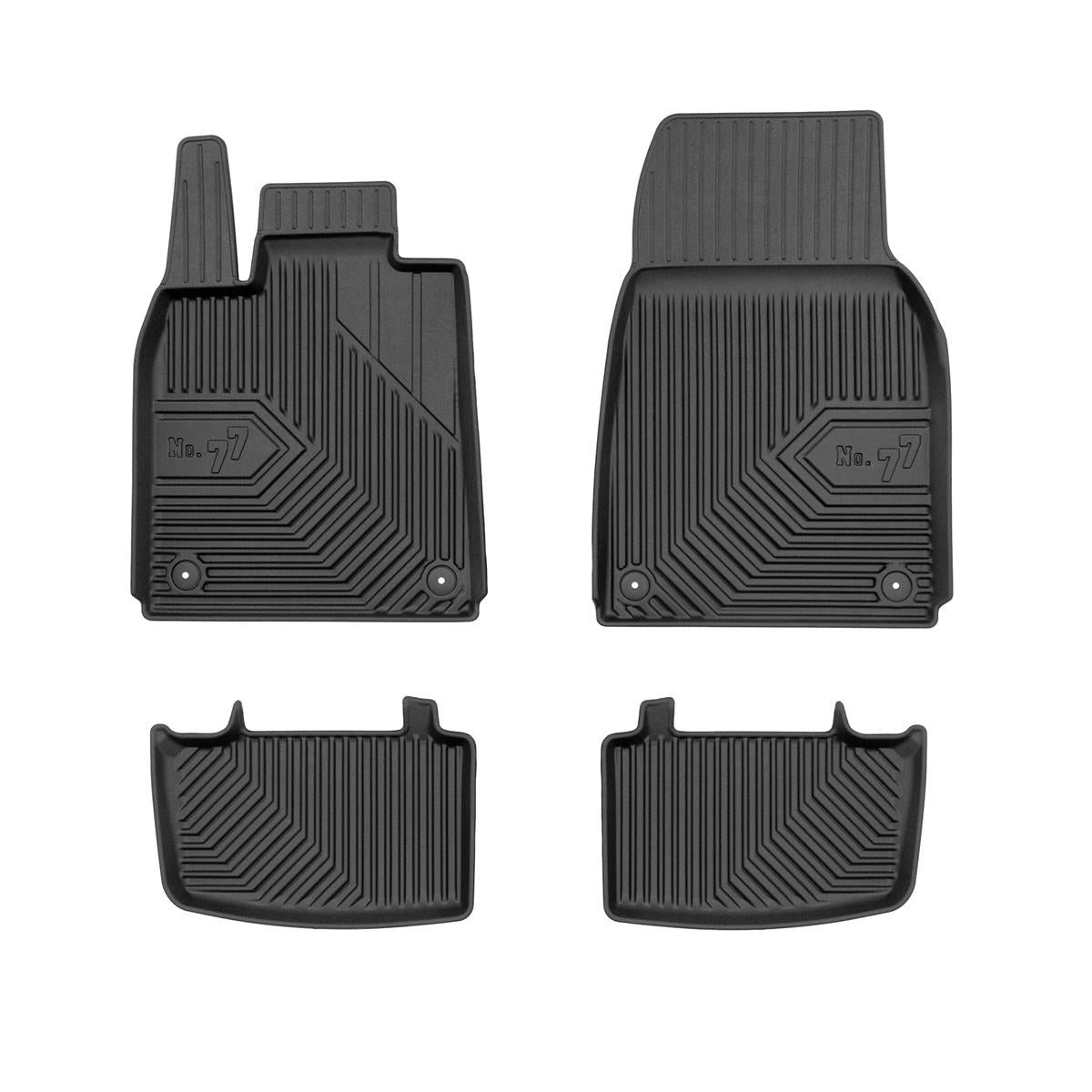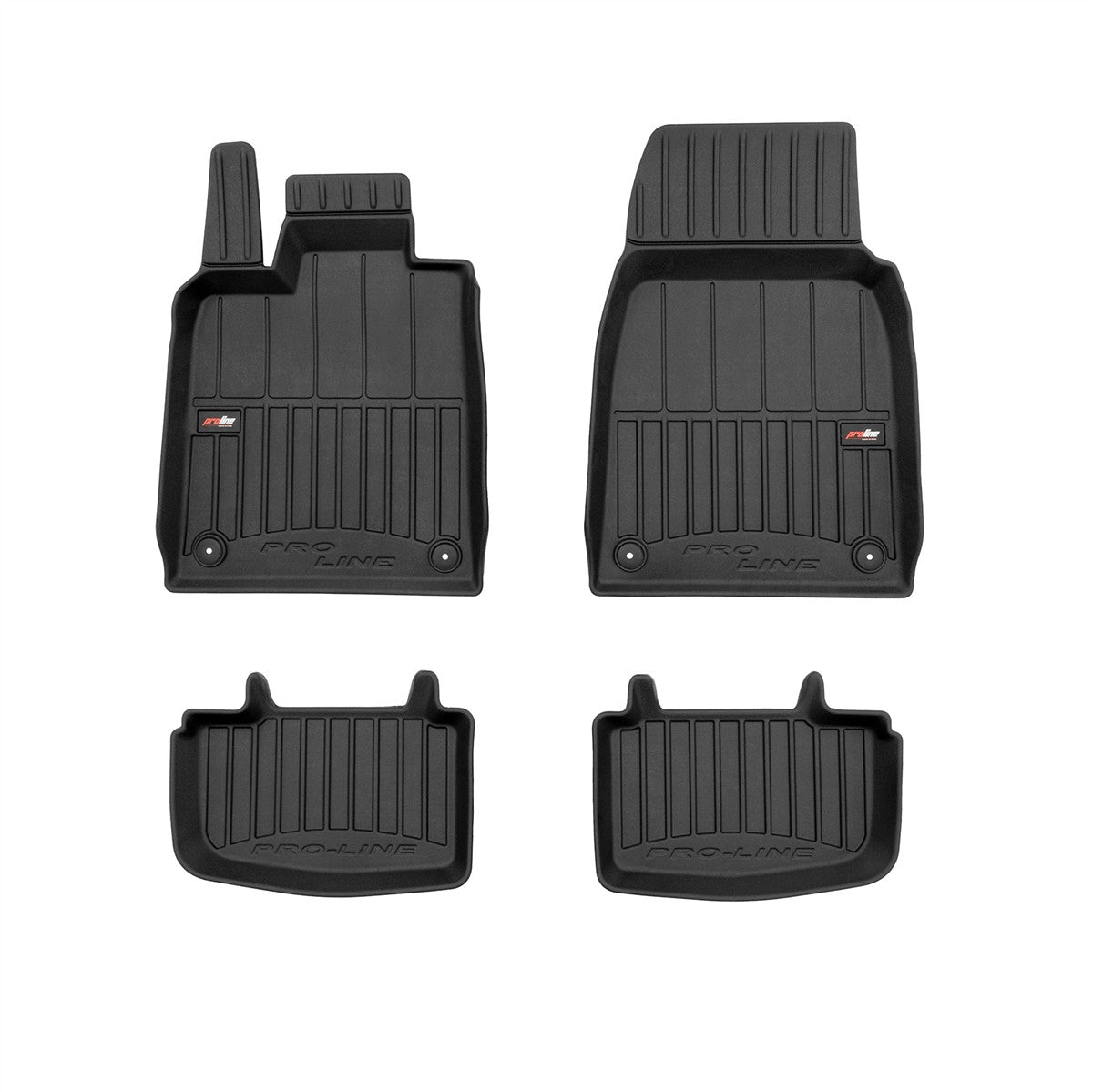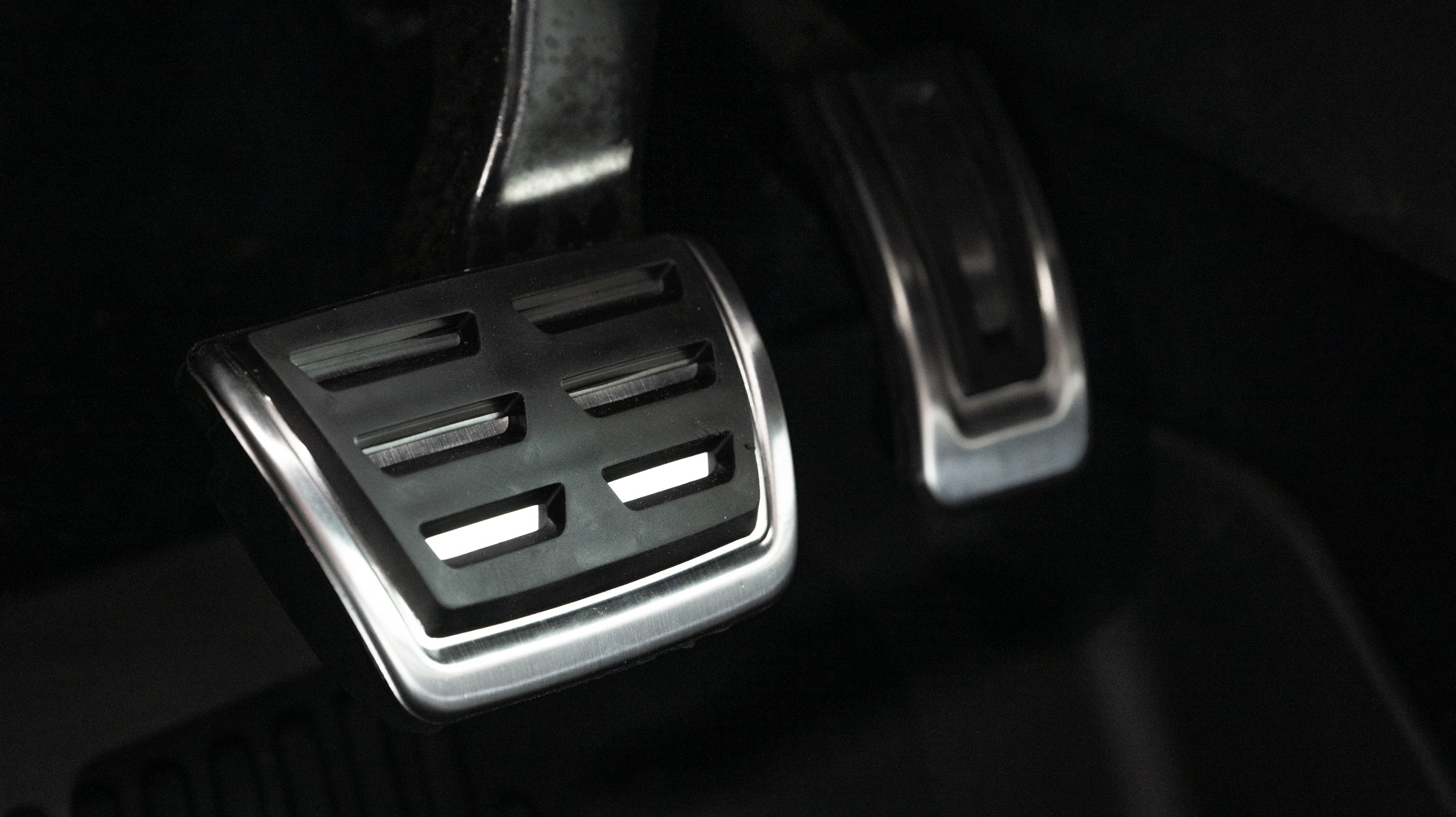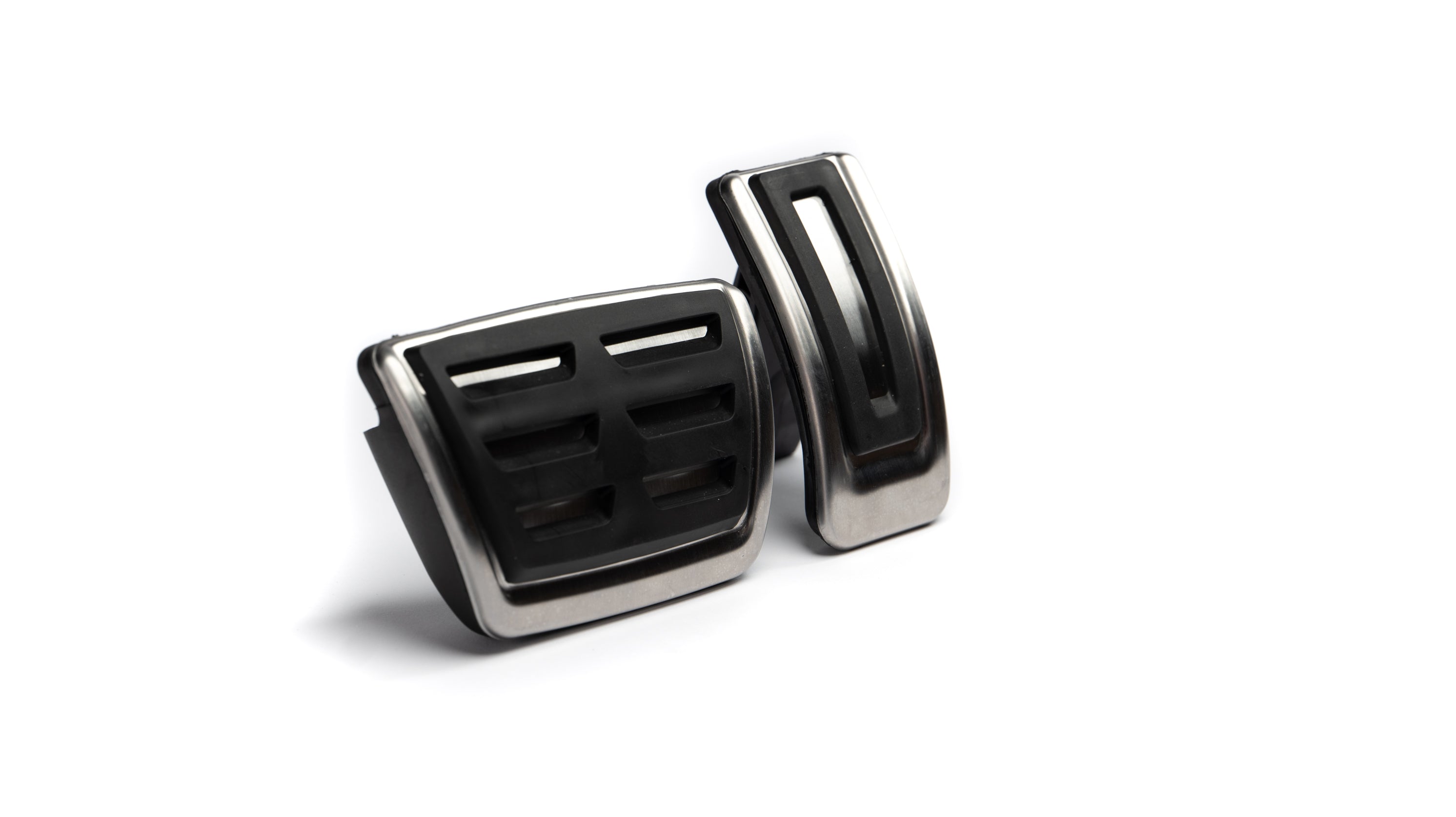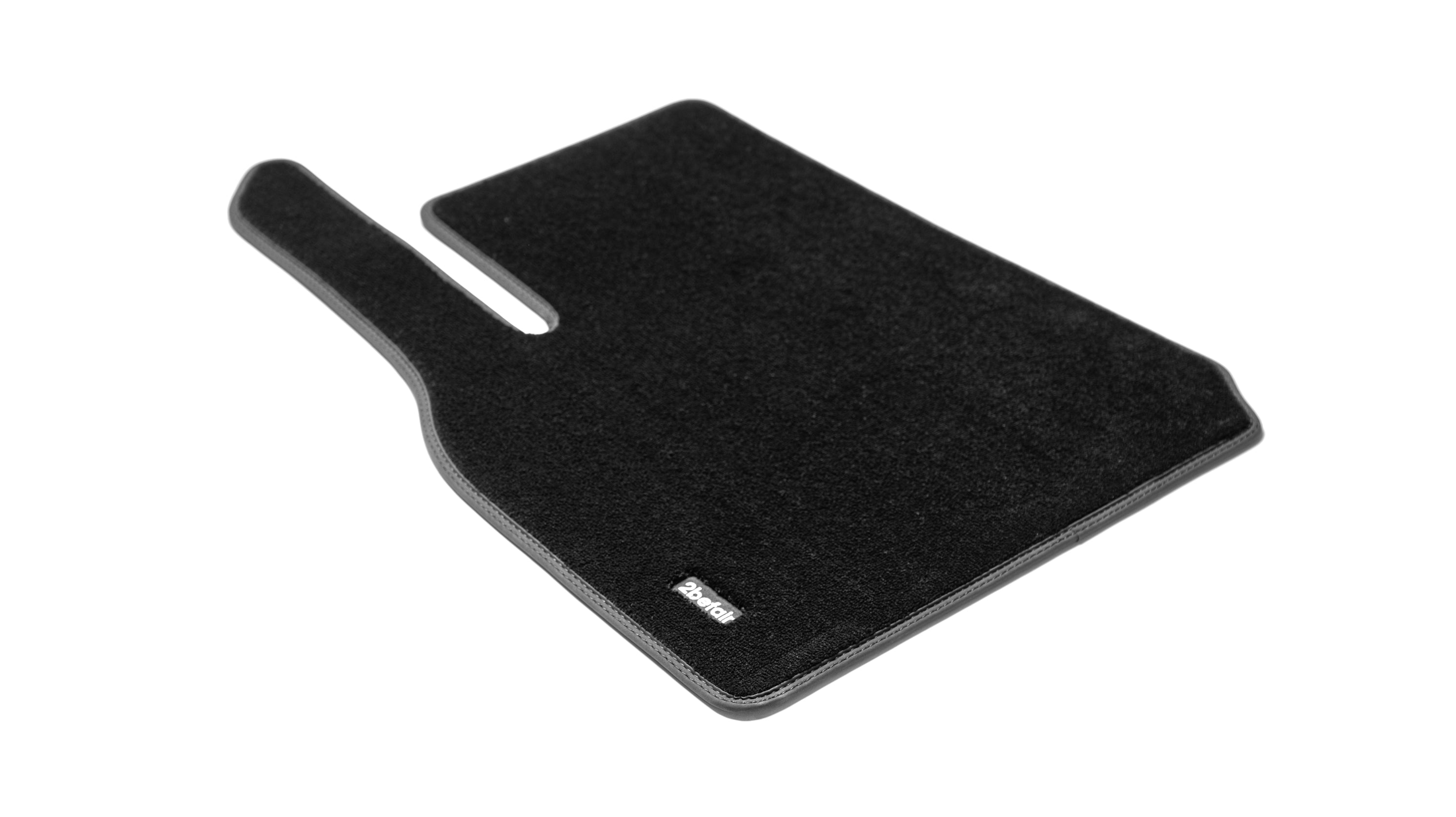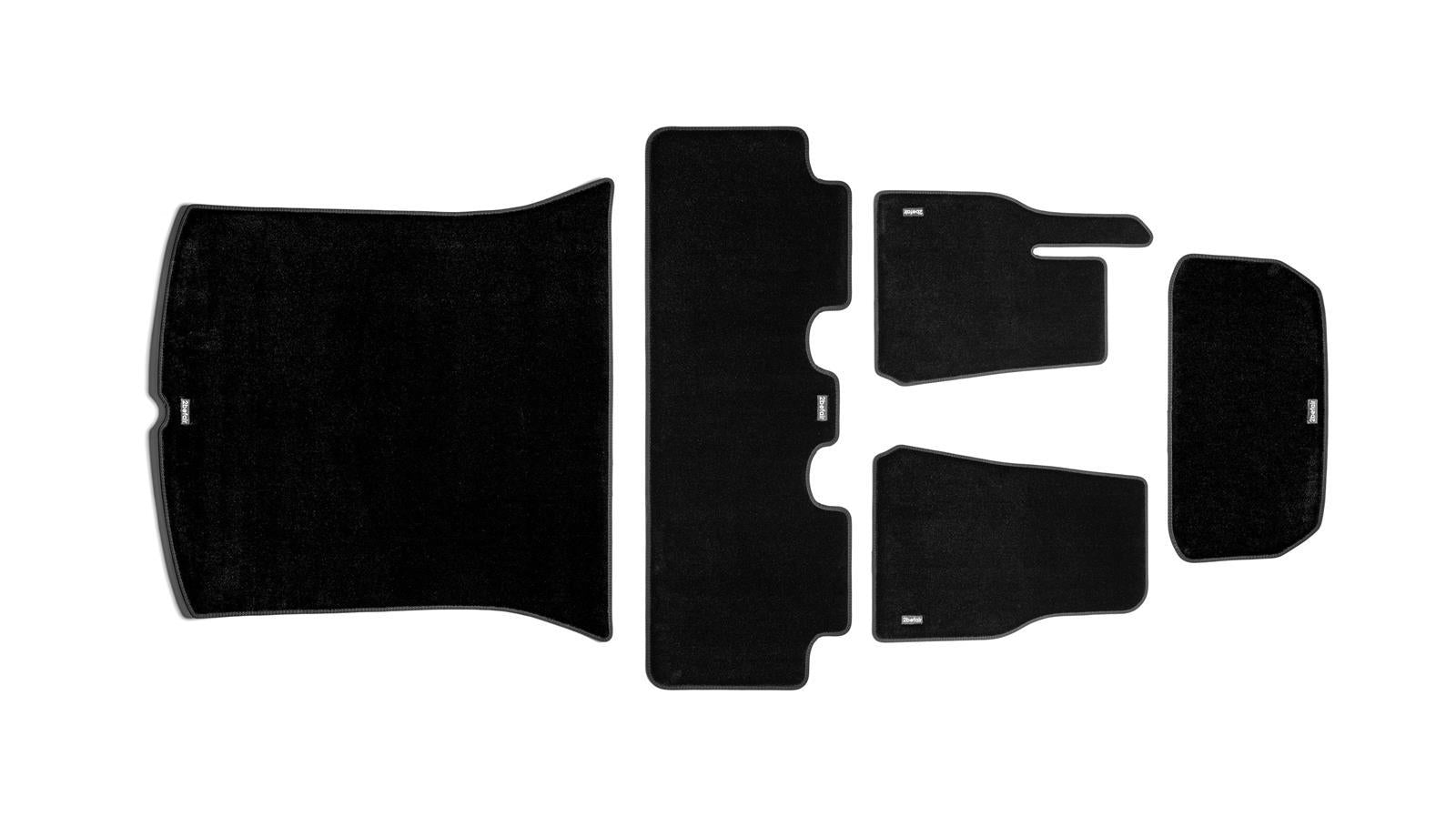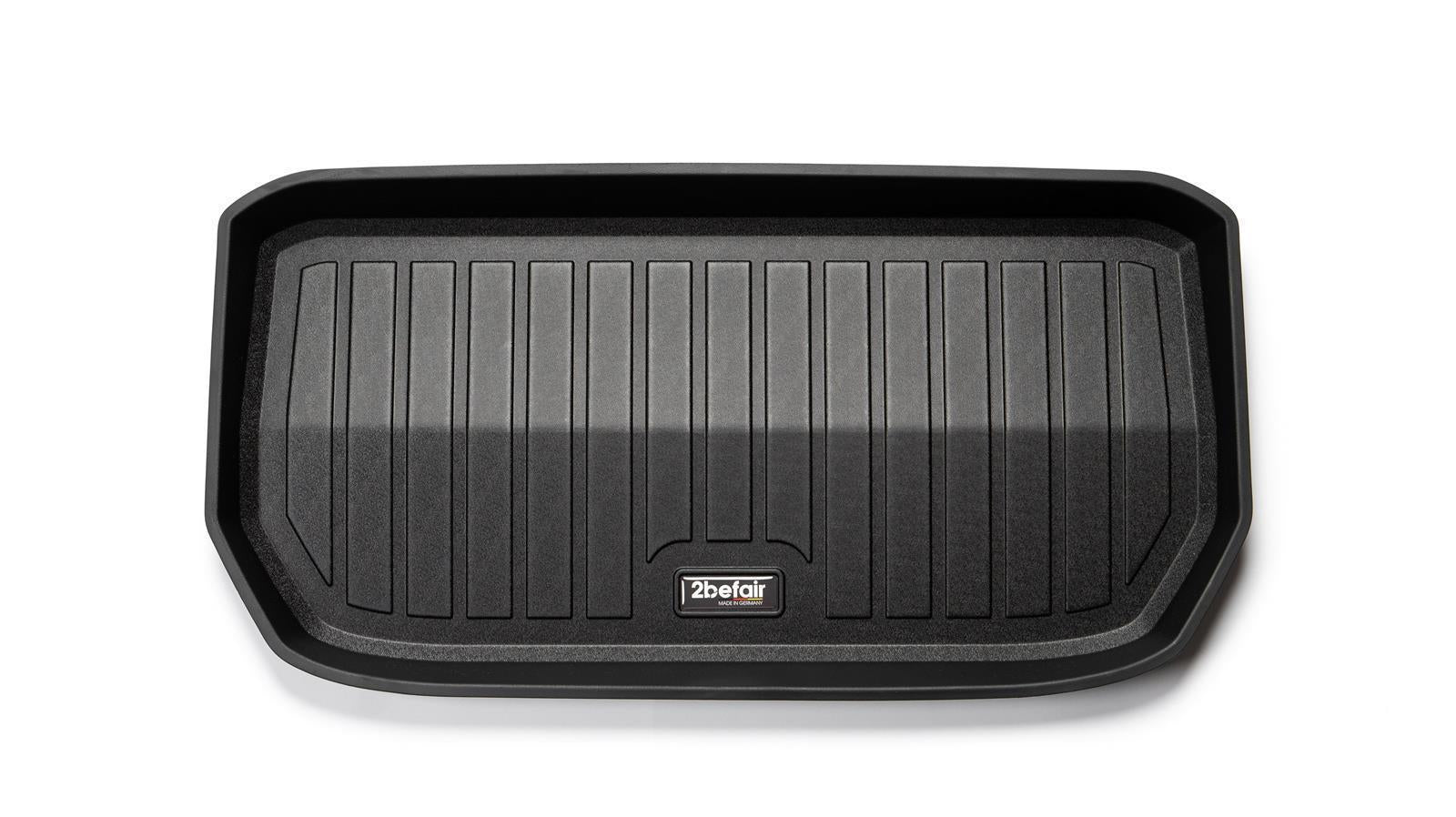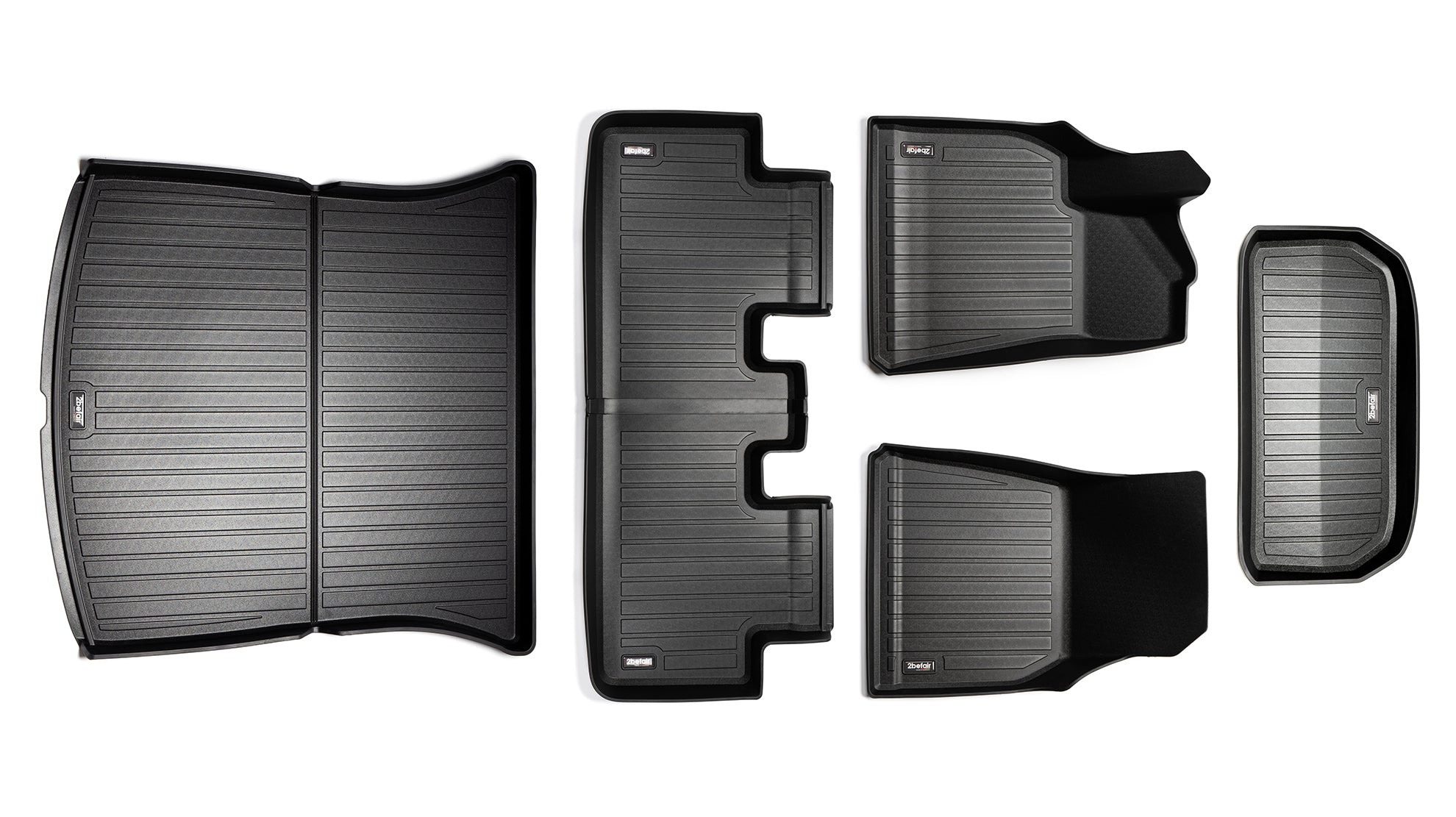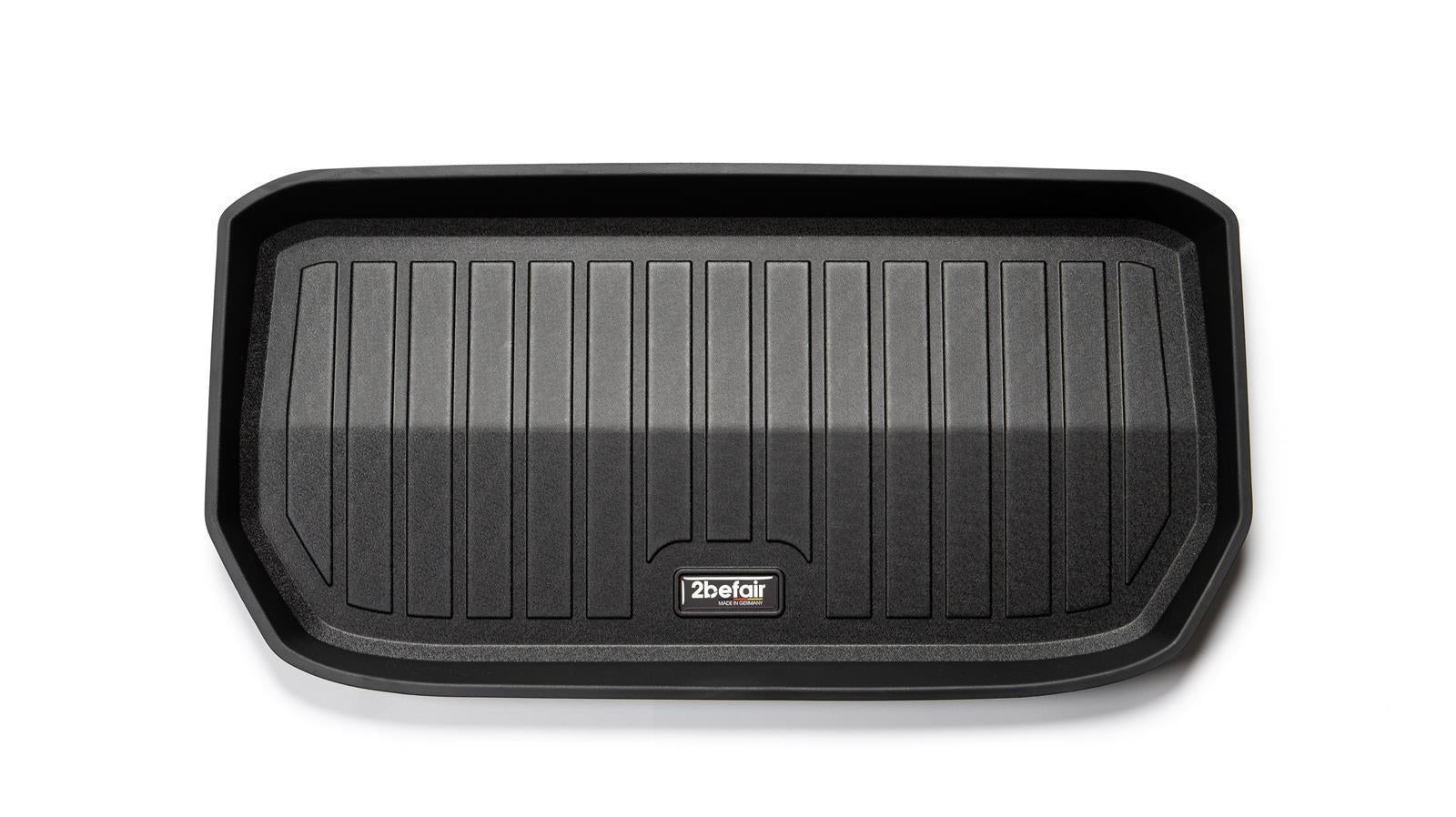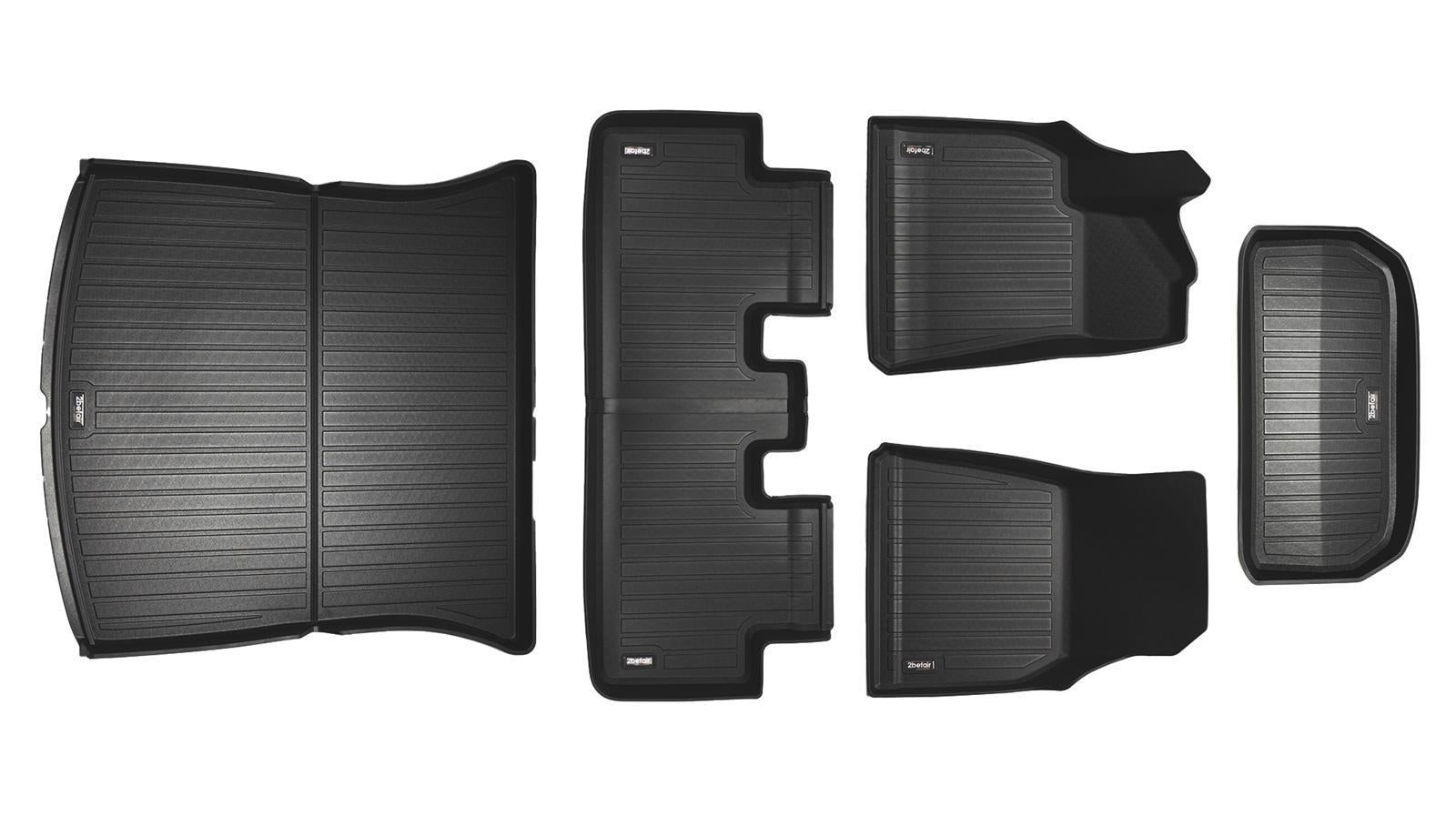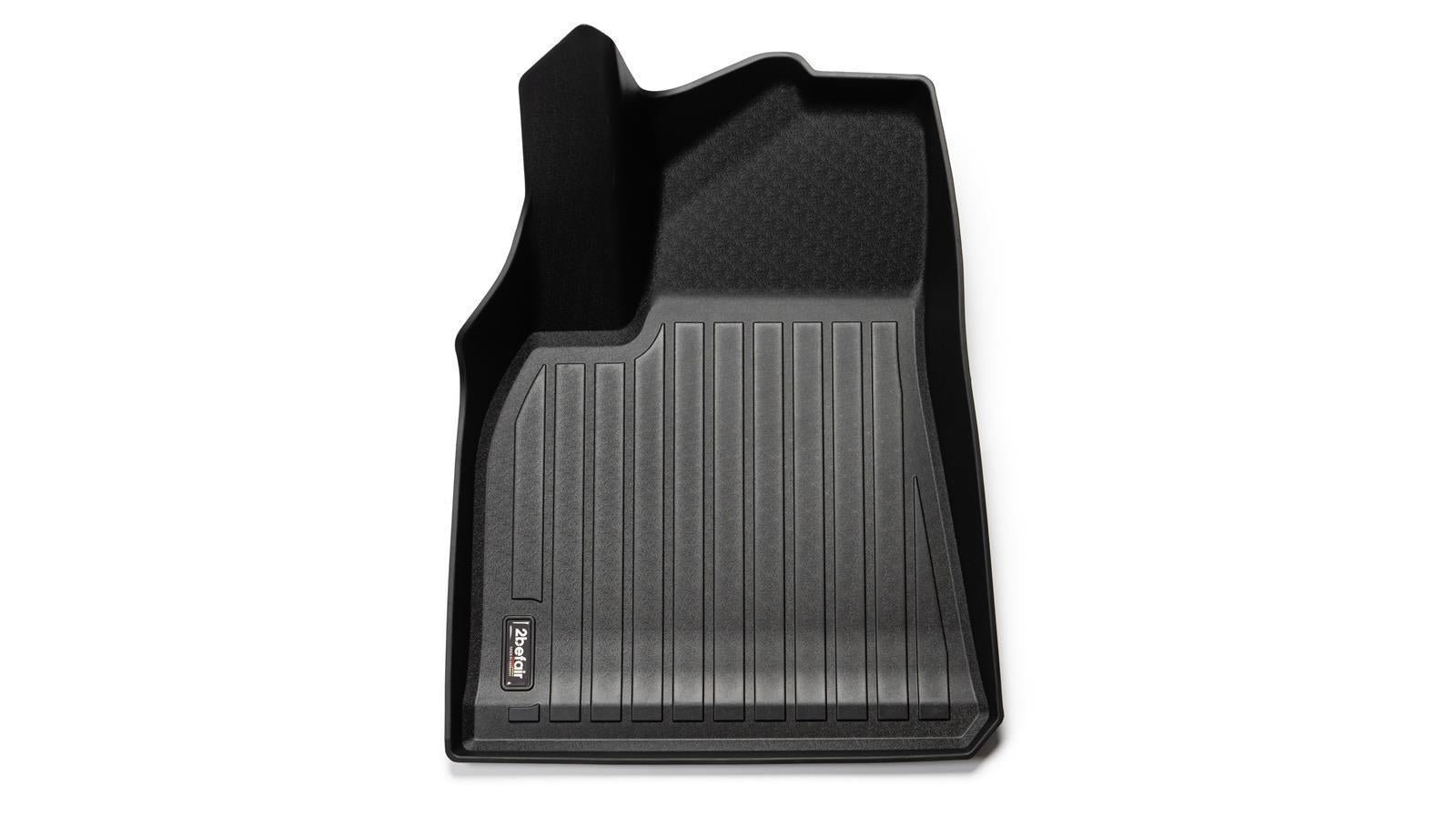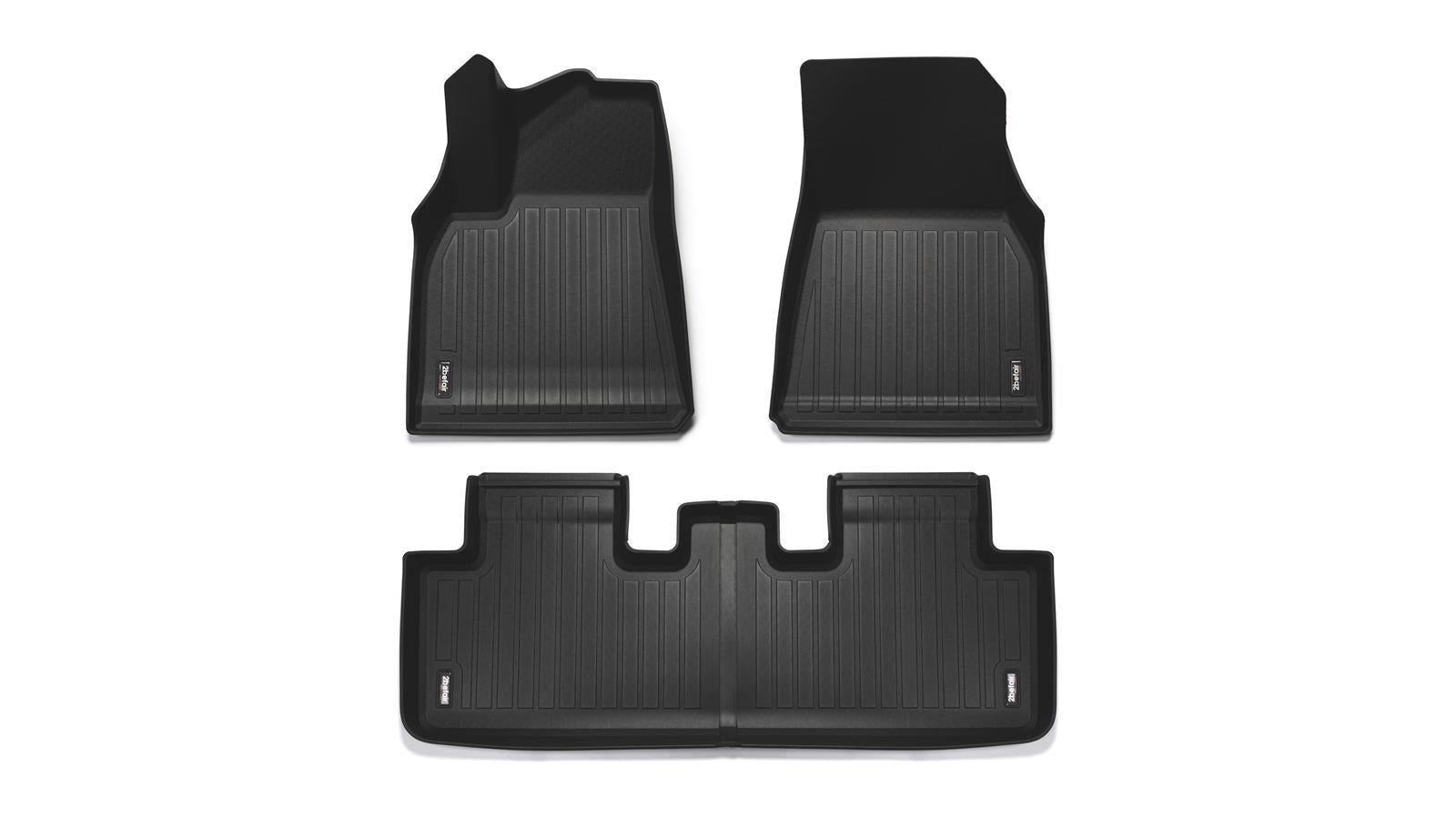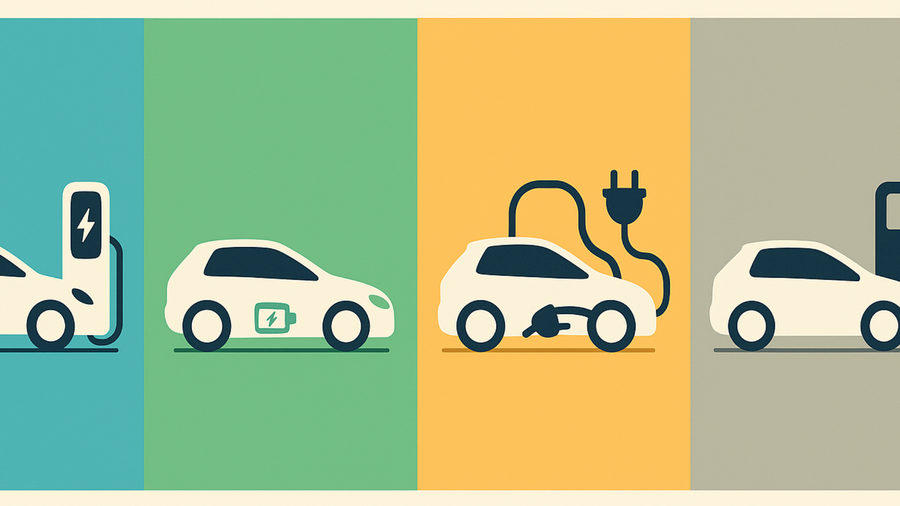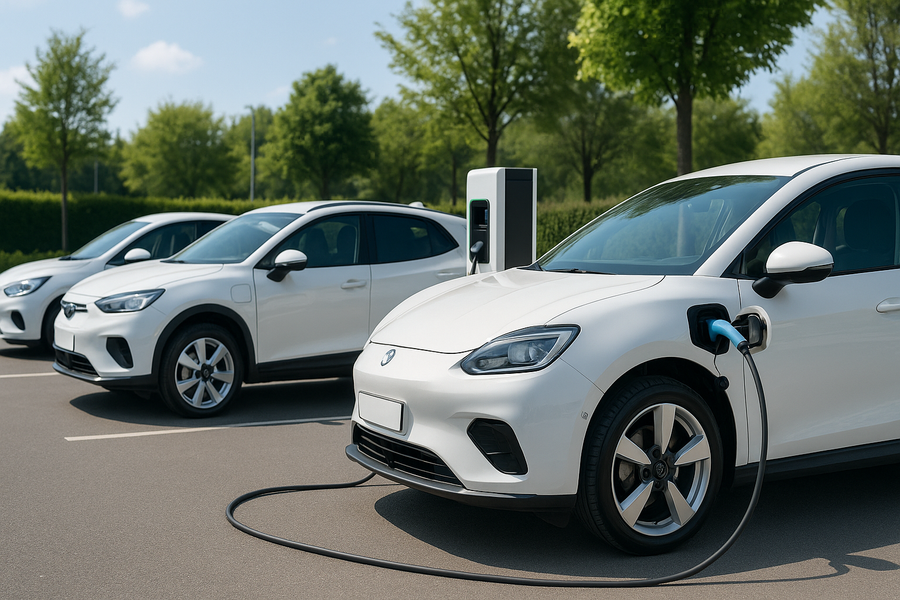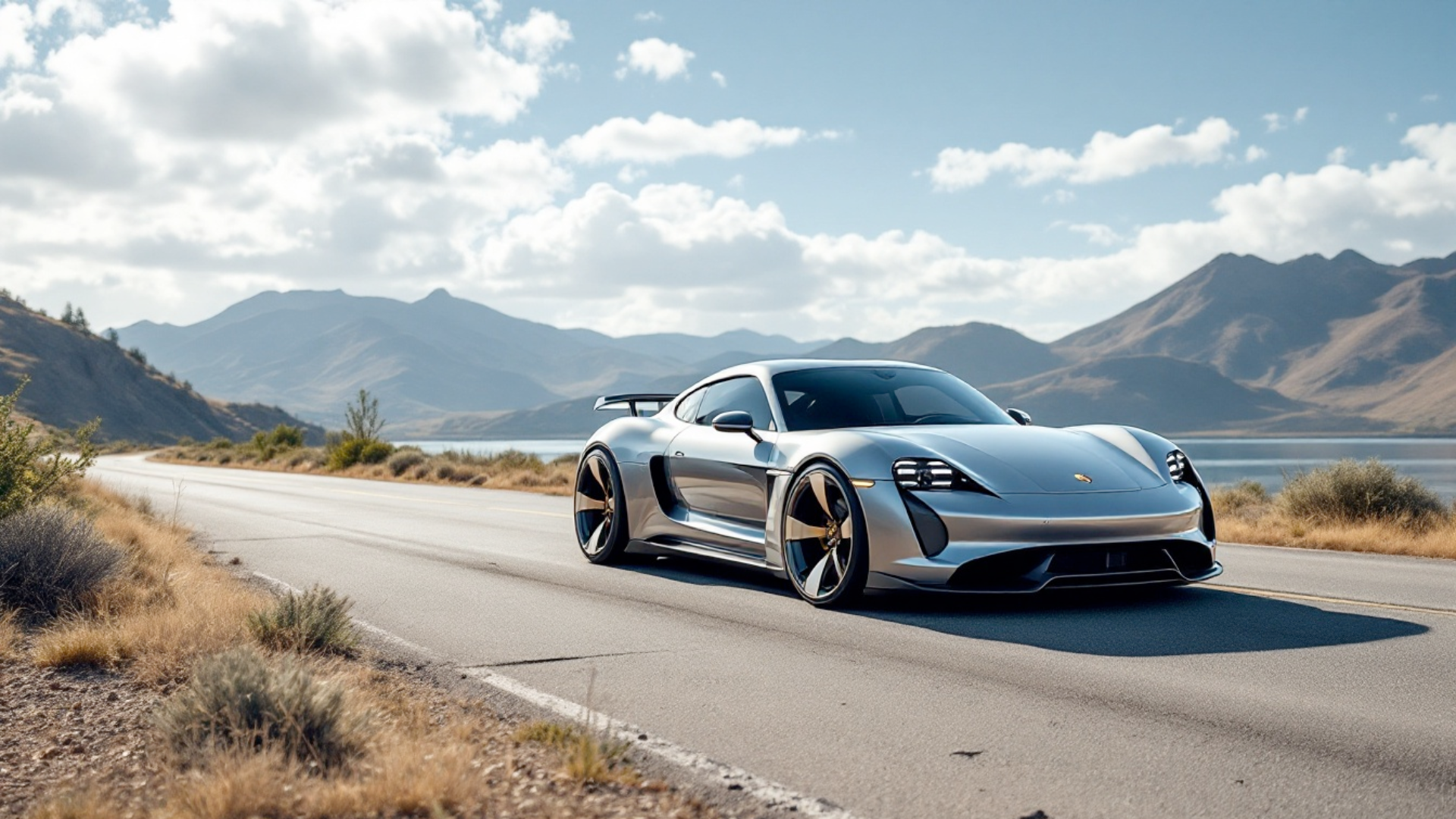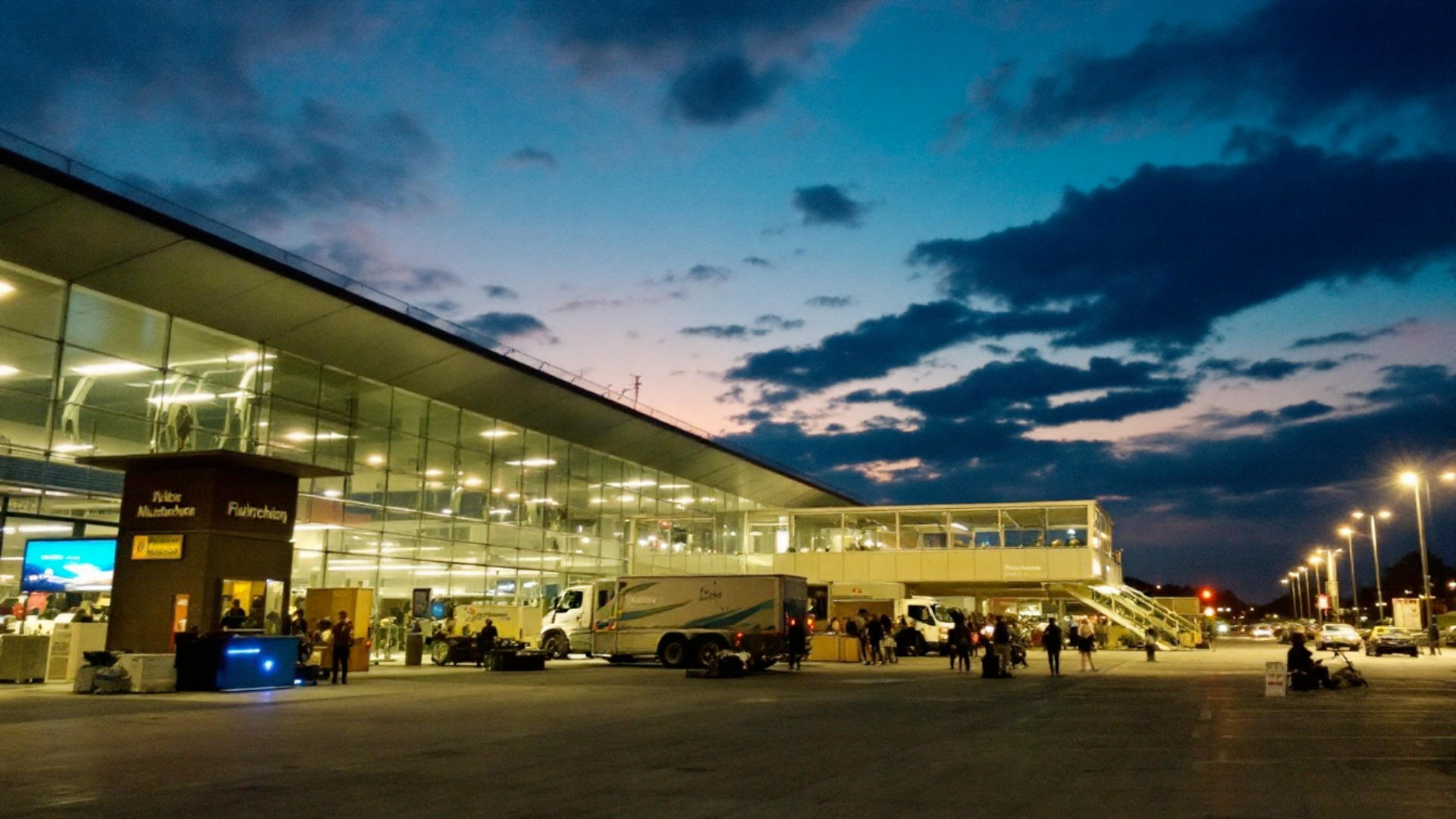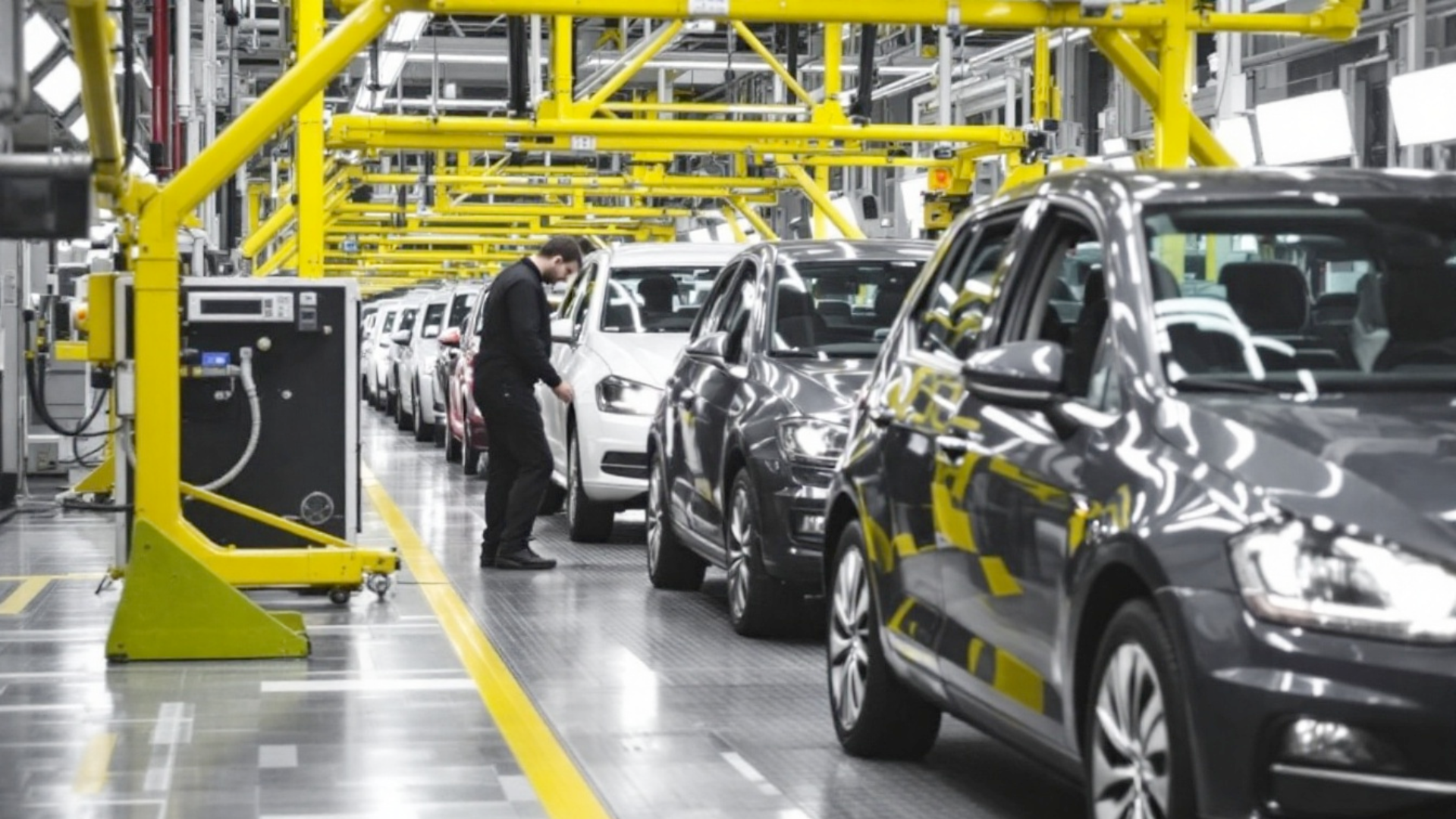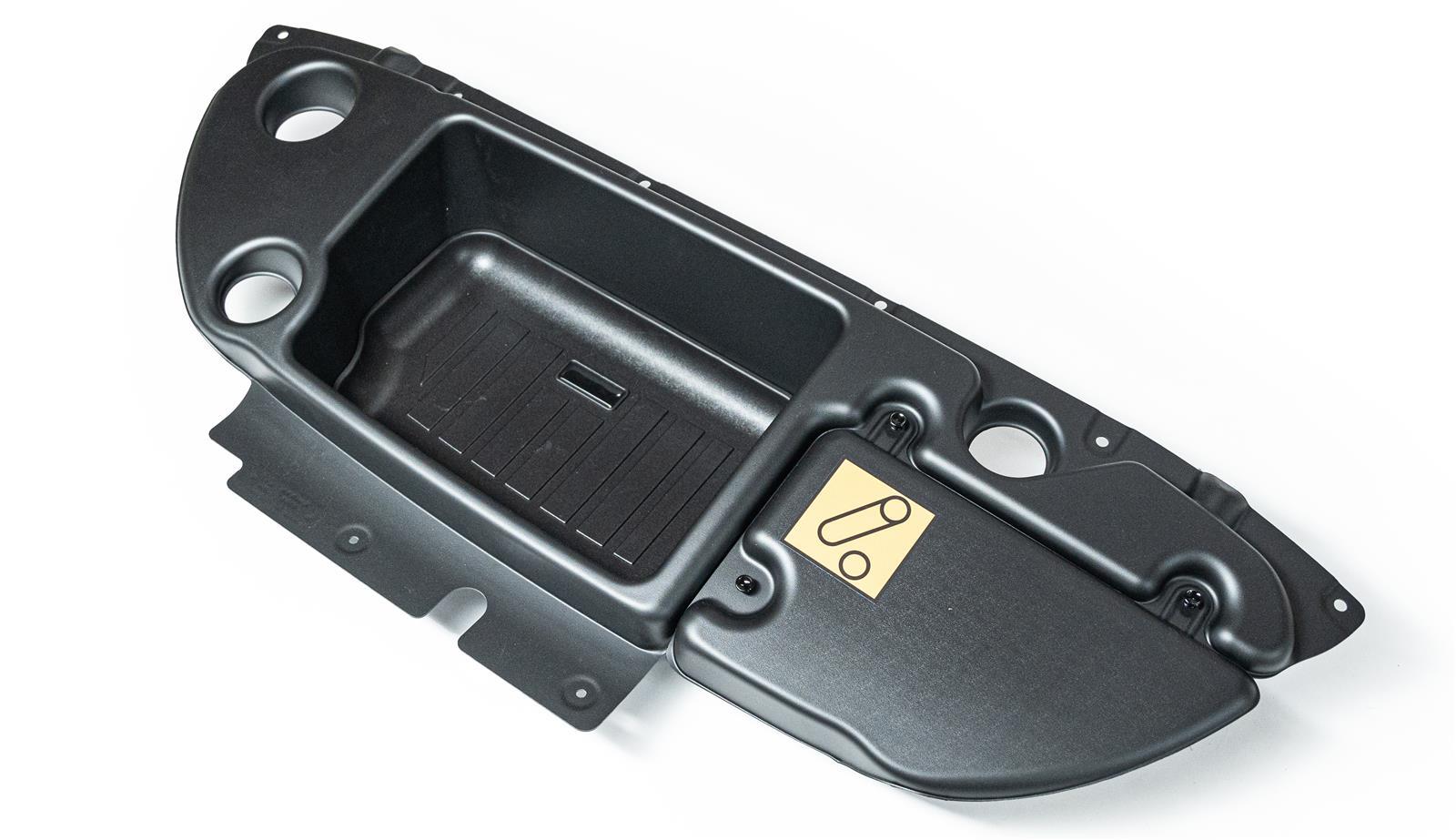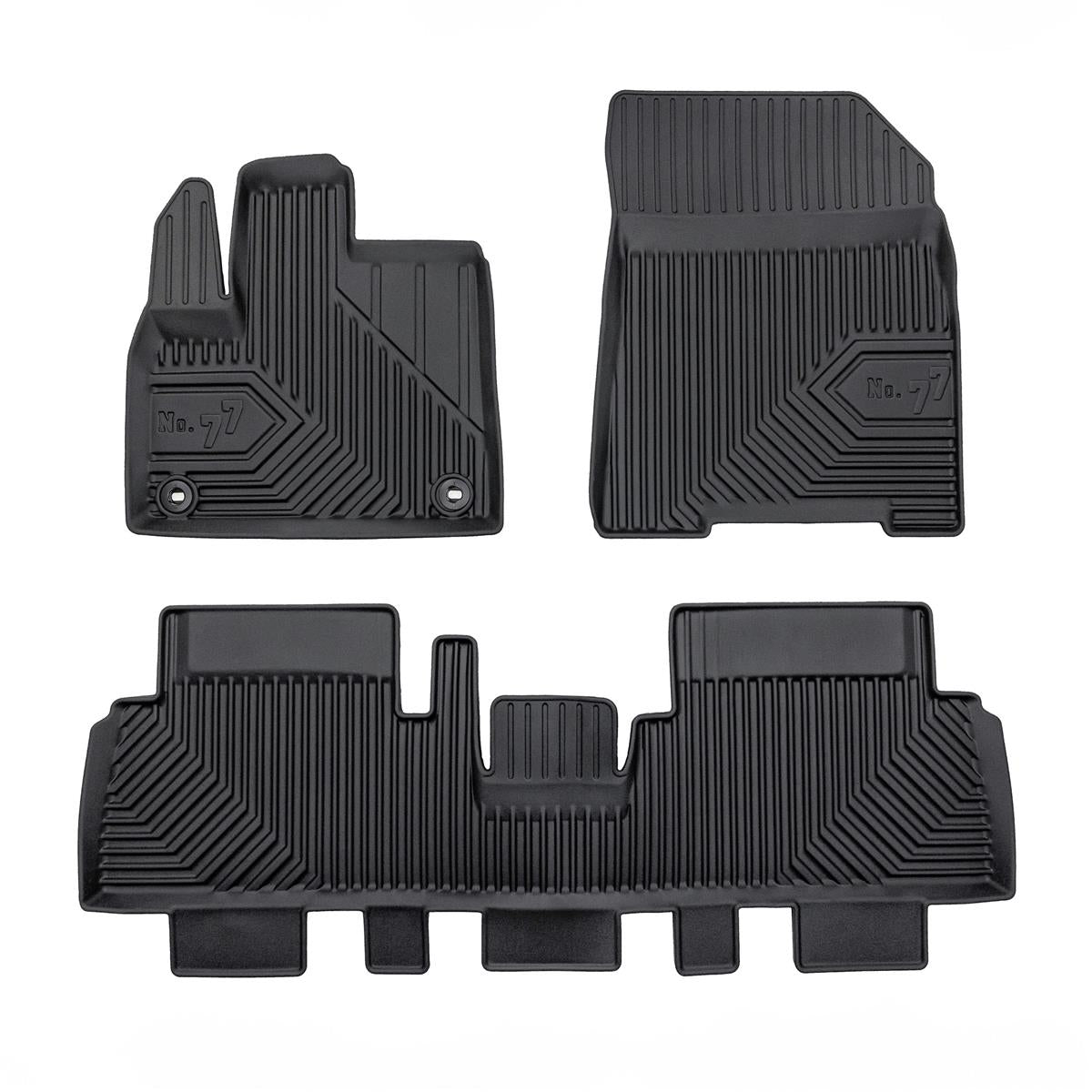At a time when the automotive industry focuses on electromobility, Wayne Griffiths, head of the Volkswagen brand Seat, questions the speed of electrification. In an interview with the Handelsblatt, Griffiths expressed his concerns and explained that an electric car in the price range was not on the Seat agenda for the time being. Instead, the focus is on electric vehicles in the price segment for 25,000 euros, the production of which will take over Seat in Spain for Volkswagen, Cupra and Skoda.
Priorities and production plans
Seat is responsible for the production of four new electric small cars, which should be available from 2026. These vehicles are to be manufactured for the brands VW (ID.2), Cupra (Raval) and Skoda (Epiq). An even cheaper electric car could follow 2027, but Seat is currently not interested in it. While competitors such as Stellantis and Renault are already launching cheaper electric cars, Griffiths sees no reason to rush. He emphasized that the economic utilization of the works has priority: "In the end, it's about whether and how I really get the works really full."
Electromobility with pragmatism
Although Griffiths is on the future of electromobility, it warns of a too fast and dogmatic transition. "The way there should not be dogmatic, but must be carried out pragmatically," said Griffiths. For the current year, he is planning further growth for Cupra, with a margin being targeted of around five percent. Cupra is already responsible for more than half of the result of Seat and could overtake Seat for the first time in 2024.
Brand strategy and future prospects
Contrary to speculation about a possible from Seat, the important role of the brand within the Volkswagen Group emphasizes: "Without Seat, there will be no Cupra." While Cupra will concentrate on electromobility, Seat remains with small burners and hybrids as an entry-level cars. This clear delimitation of the tasks enables both brands to react flexibly to market requirements.
No punitive tariffs and increased competitiveness
Griffiths rejects punitive tariffs on cars manufactured in China and speaks against protectionism: “Protectionism is not the solution. If other manufacturers are more competitive, then you have to increase your competitiveness. ”This is particularly relevant because the new Cupra Tavascan is produced in China and punishment is to be avoided on this vehicle.
Conclusion
Wayne Griffiths' approach to electromobility and the strategic decisions of Seat and Cupra reflect a balance between urge to innovate and economic reason. While electromobility is undoubtedly the future of the automotive industry, Griffiths warn against promoting this change too quickly and regardless of the current market dynamics. With a clear brand strategy and a pragmatic approach, he sees Seat and Cupra well positioned for the coming years.

